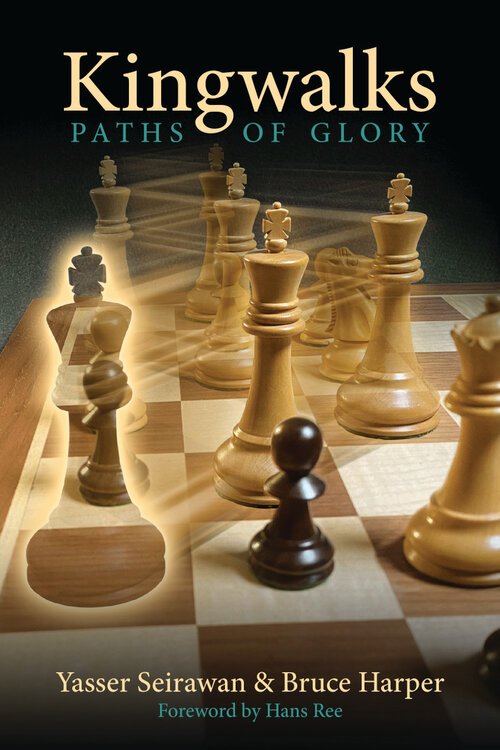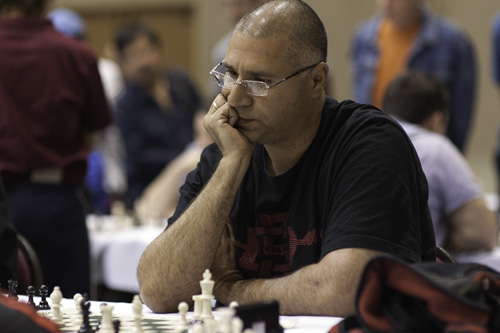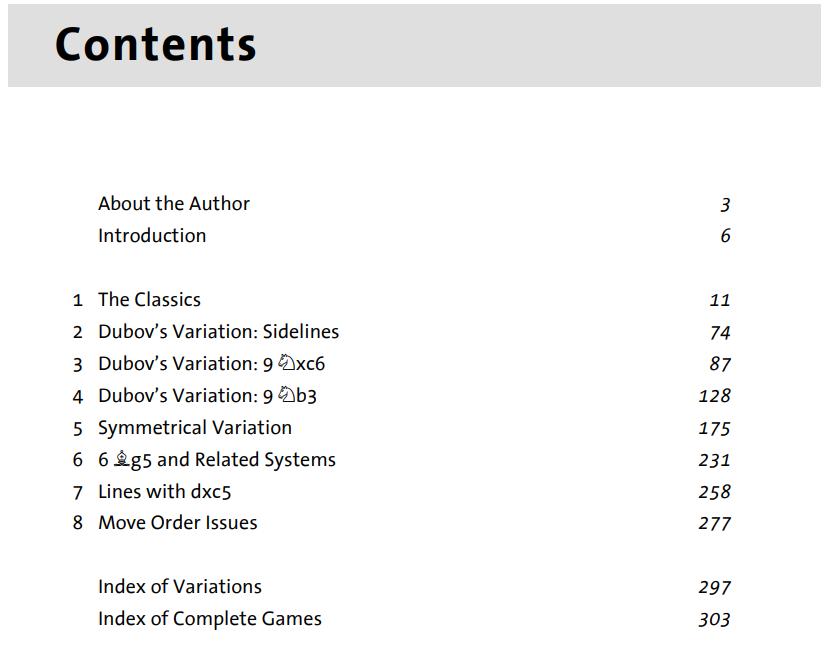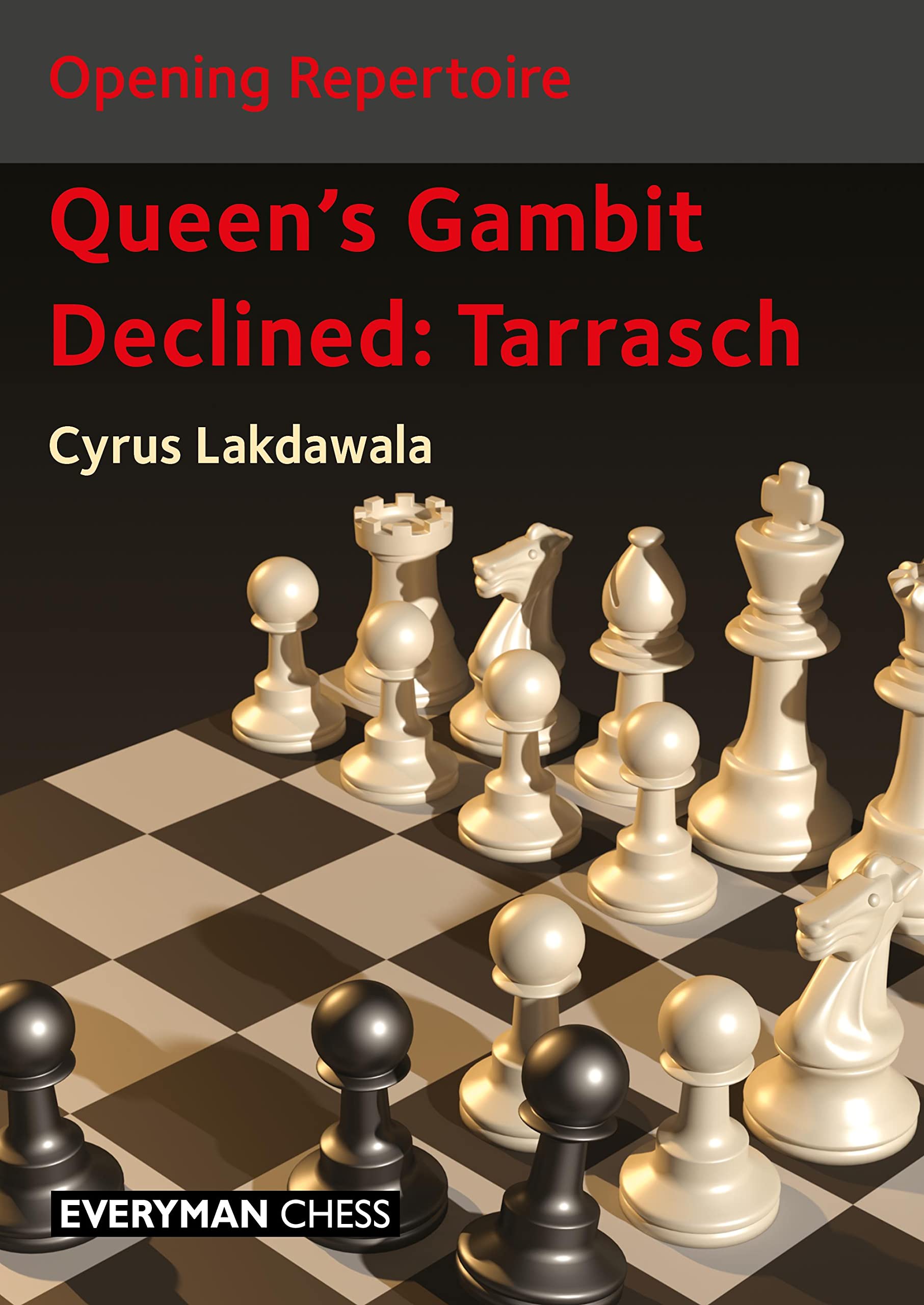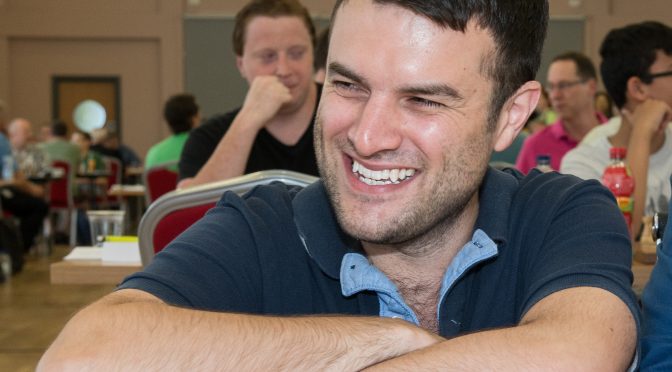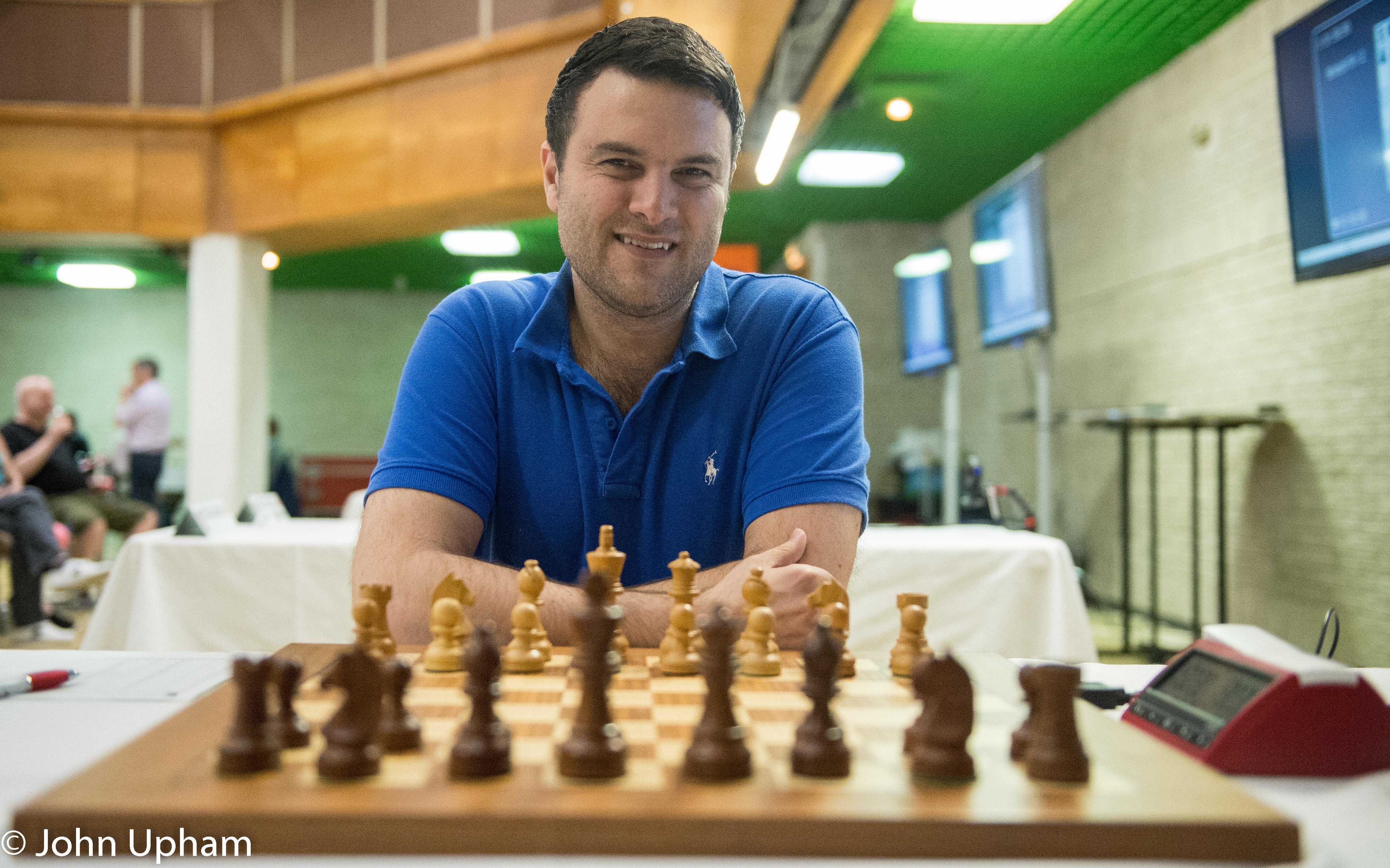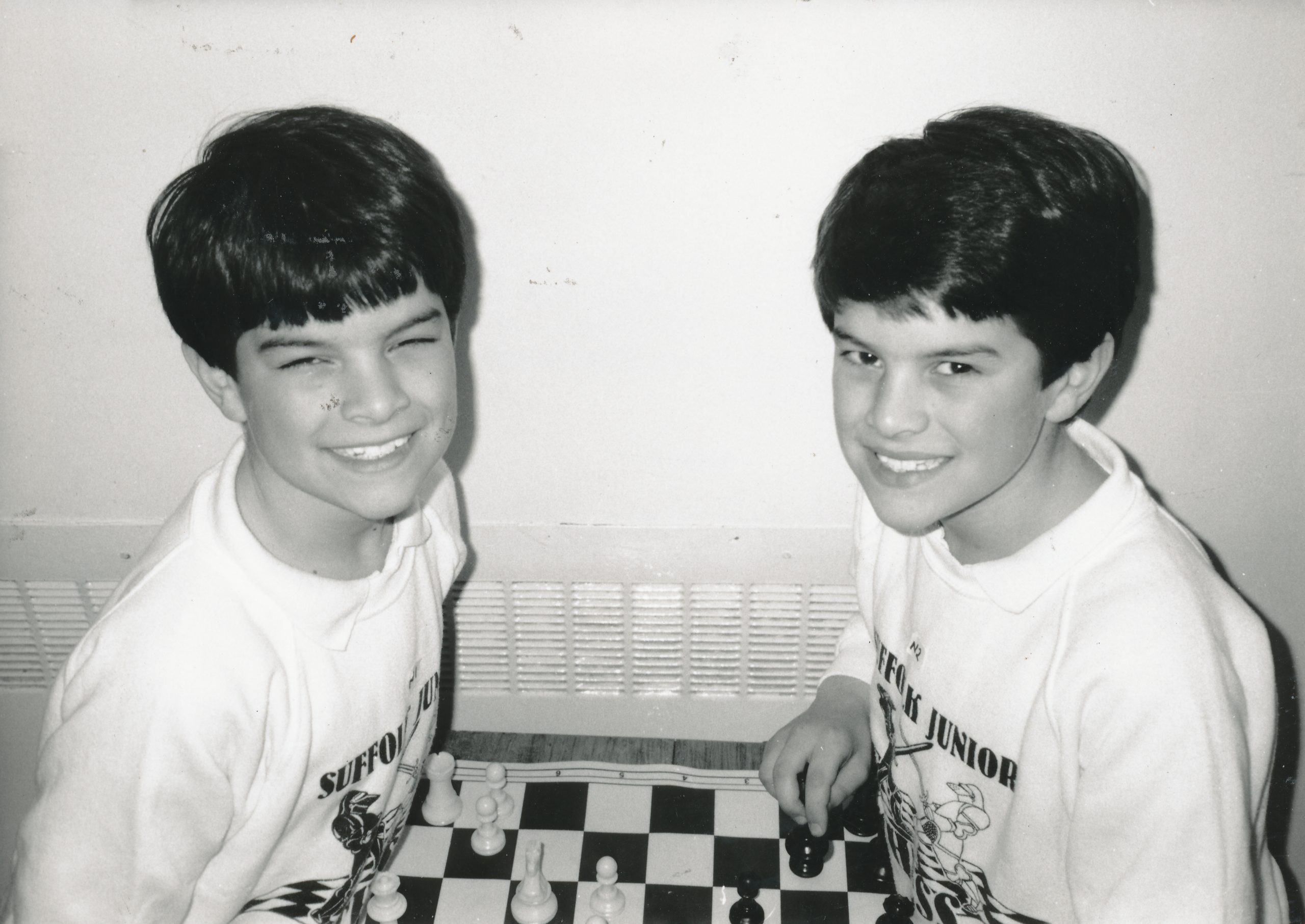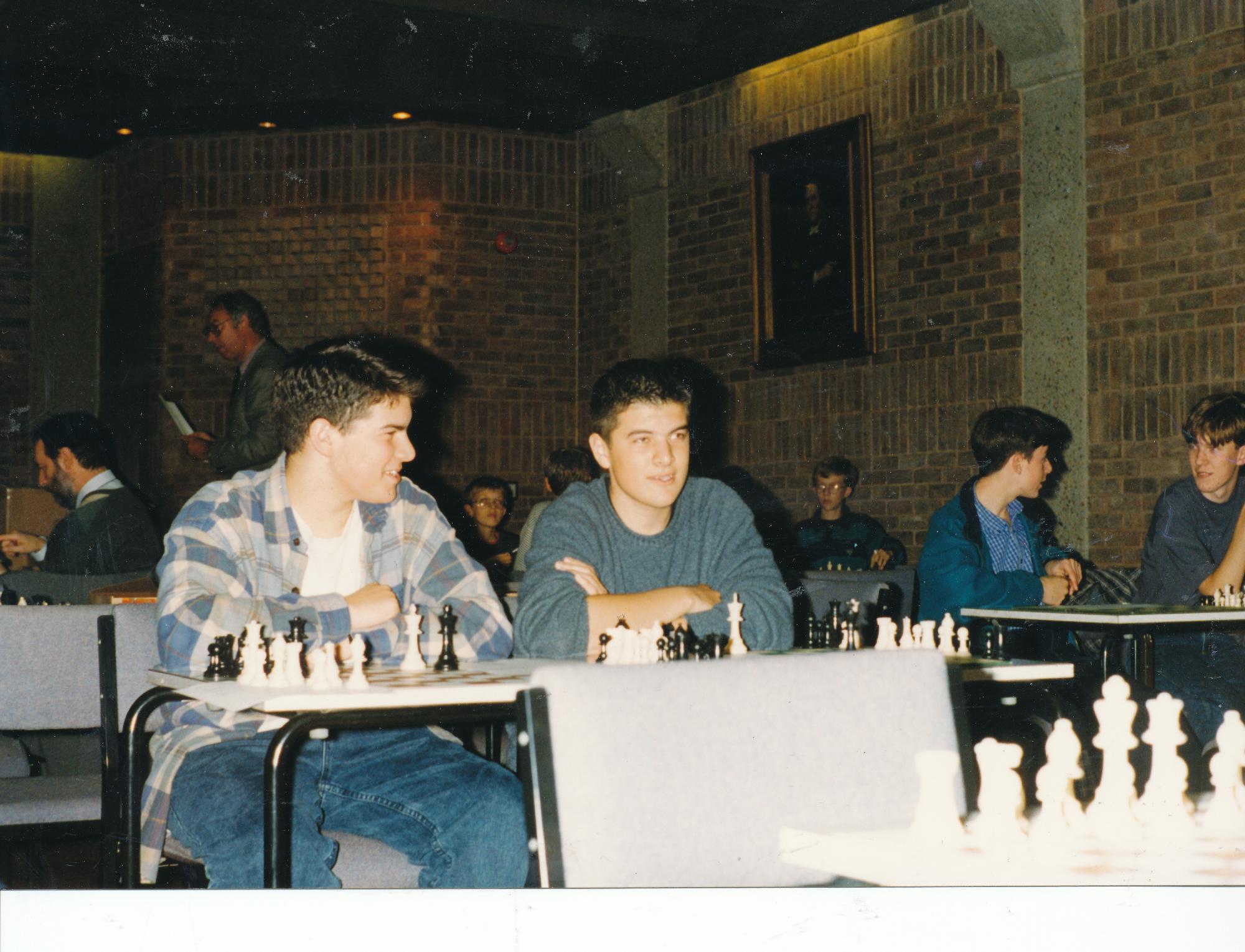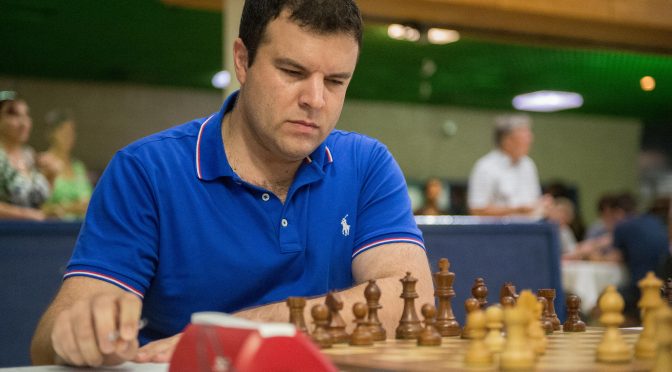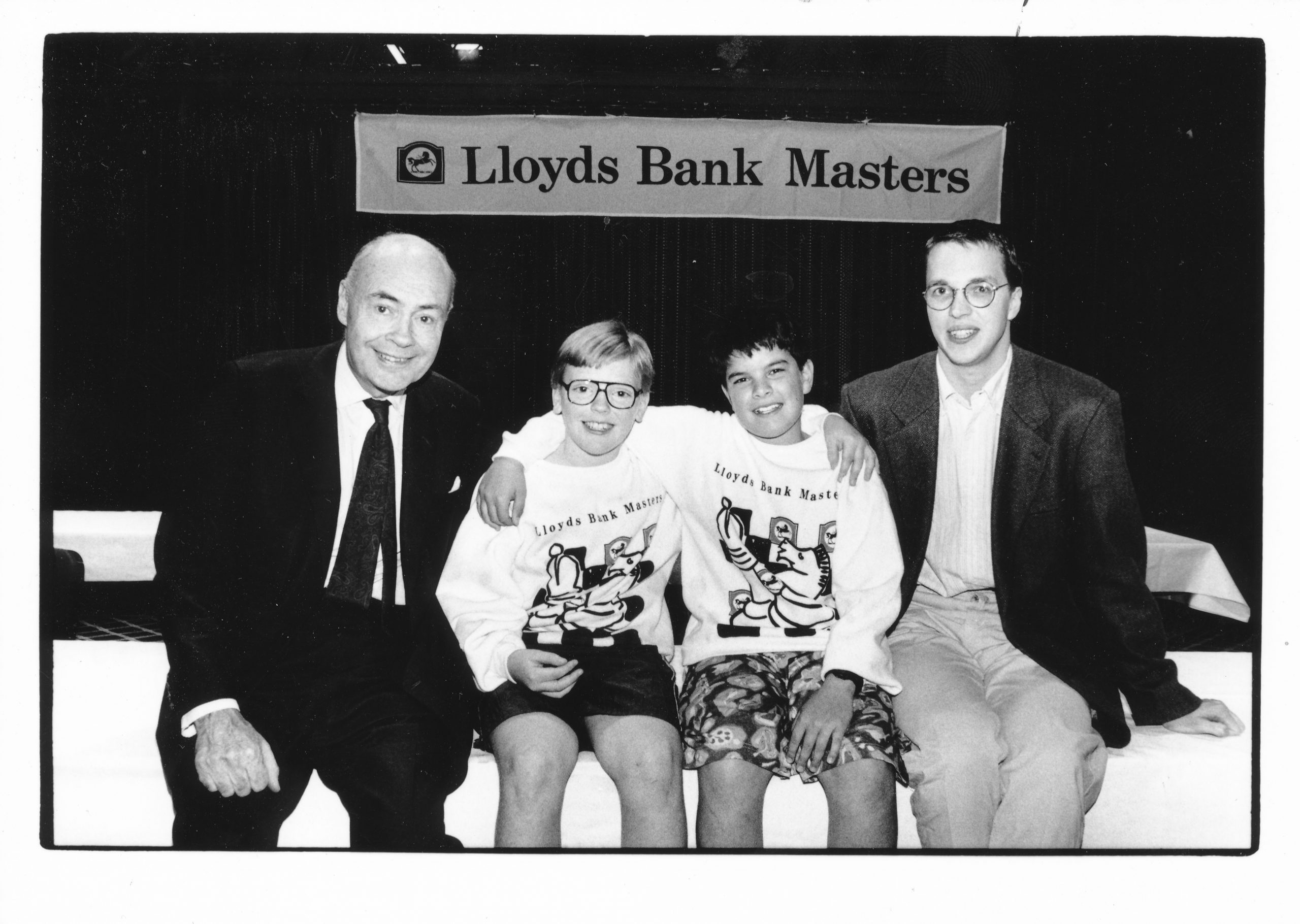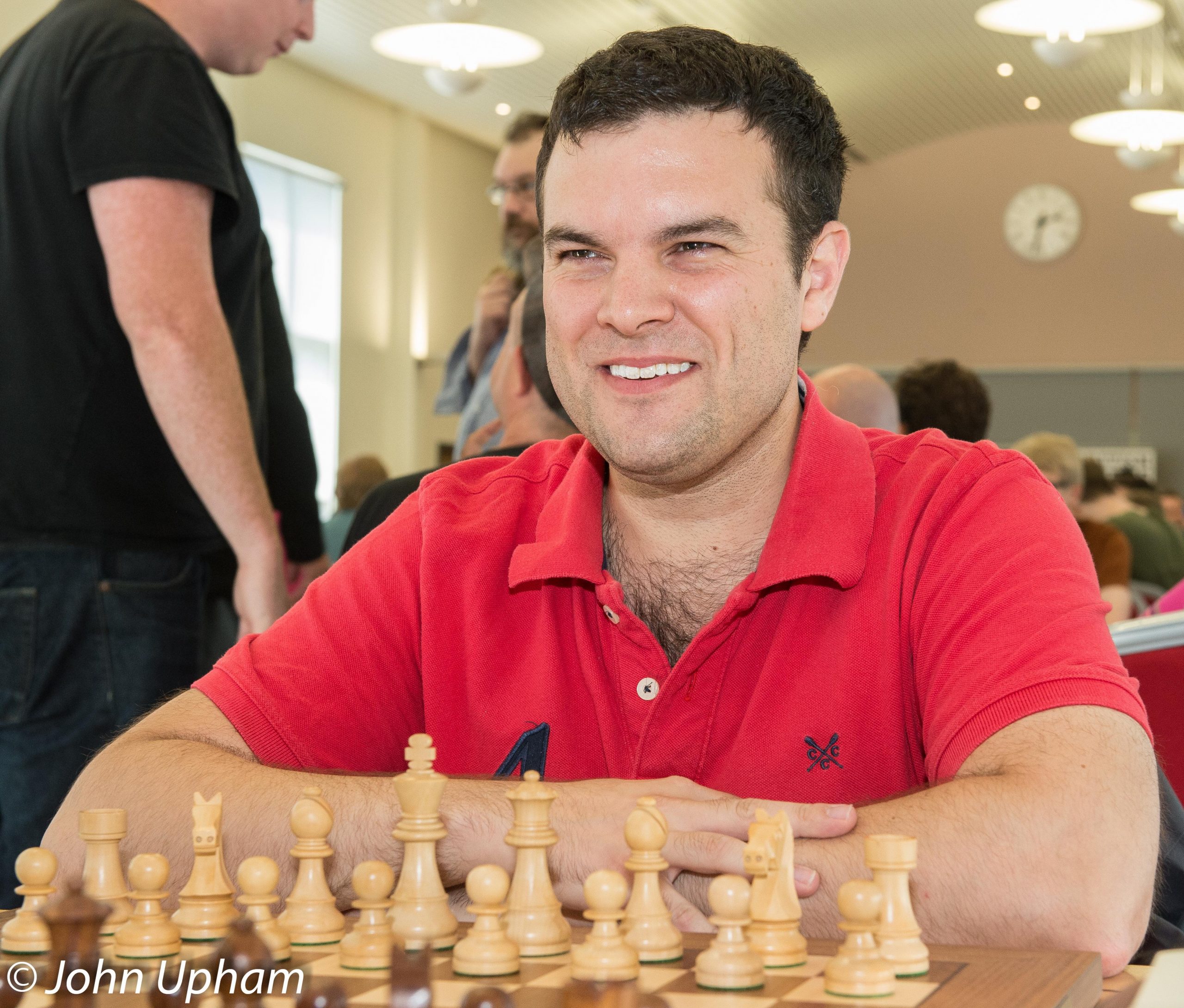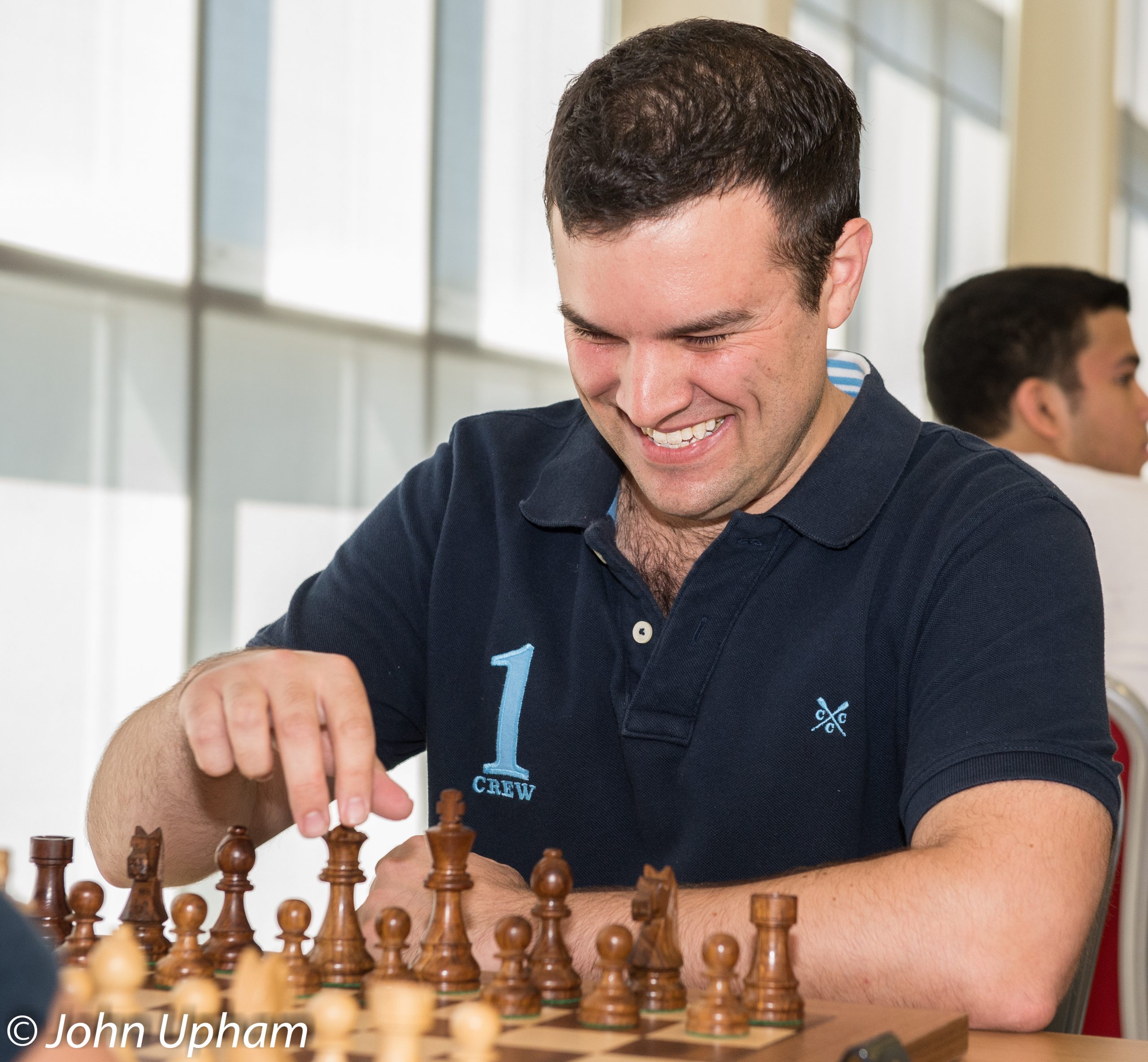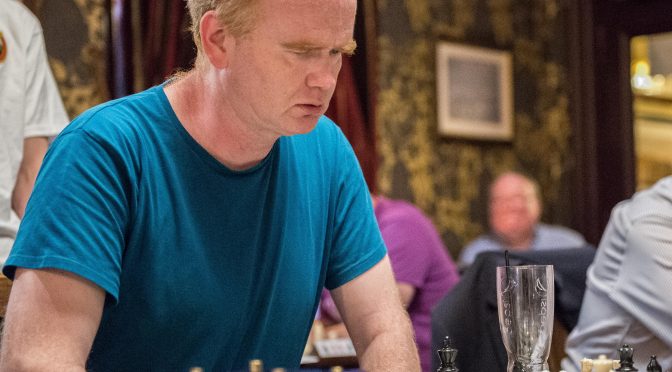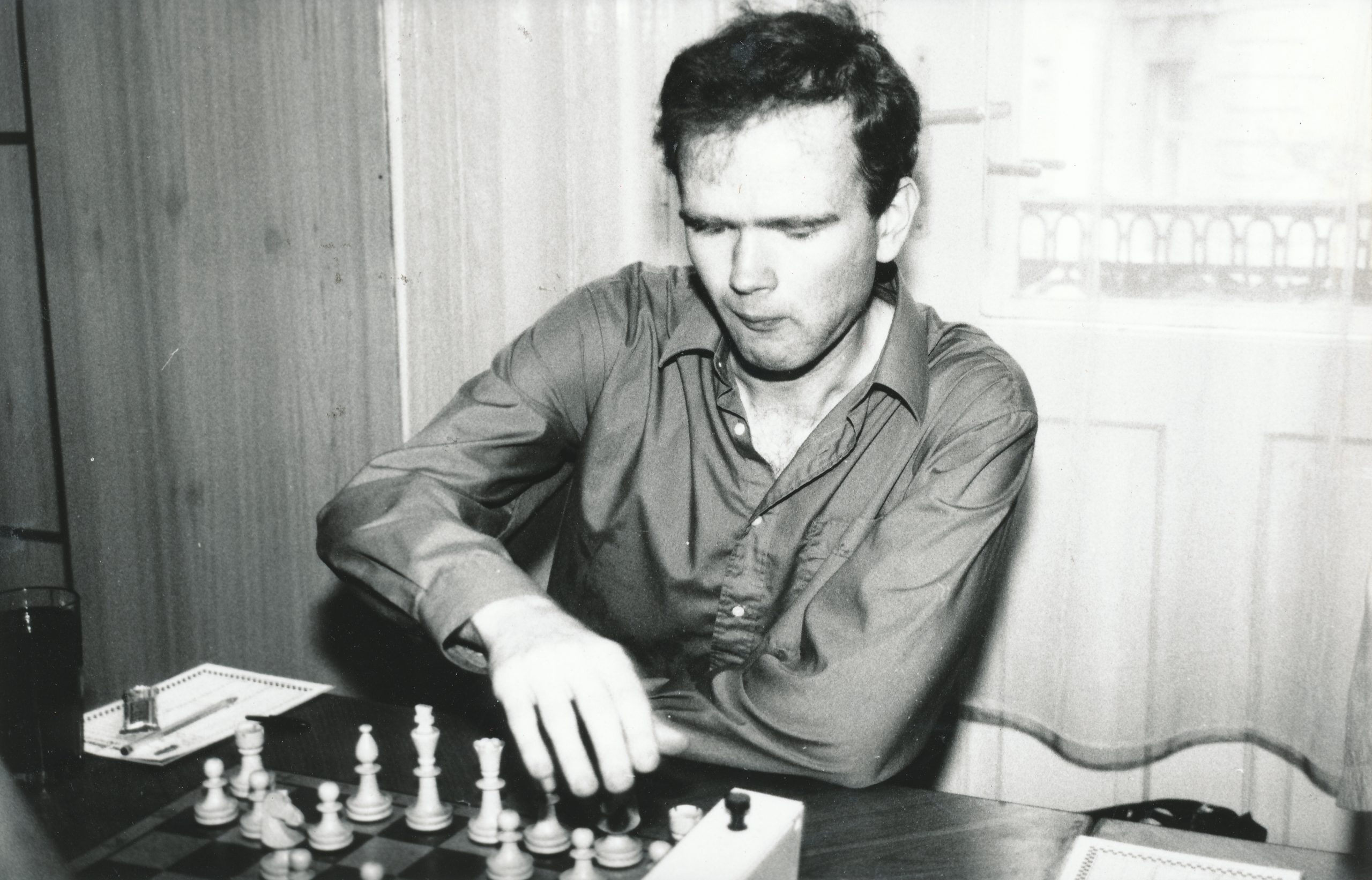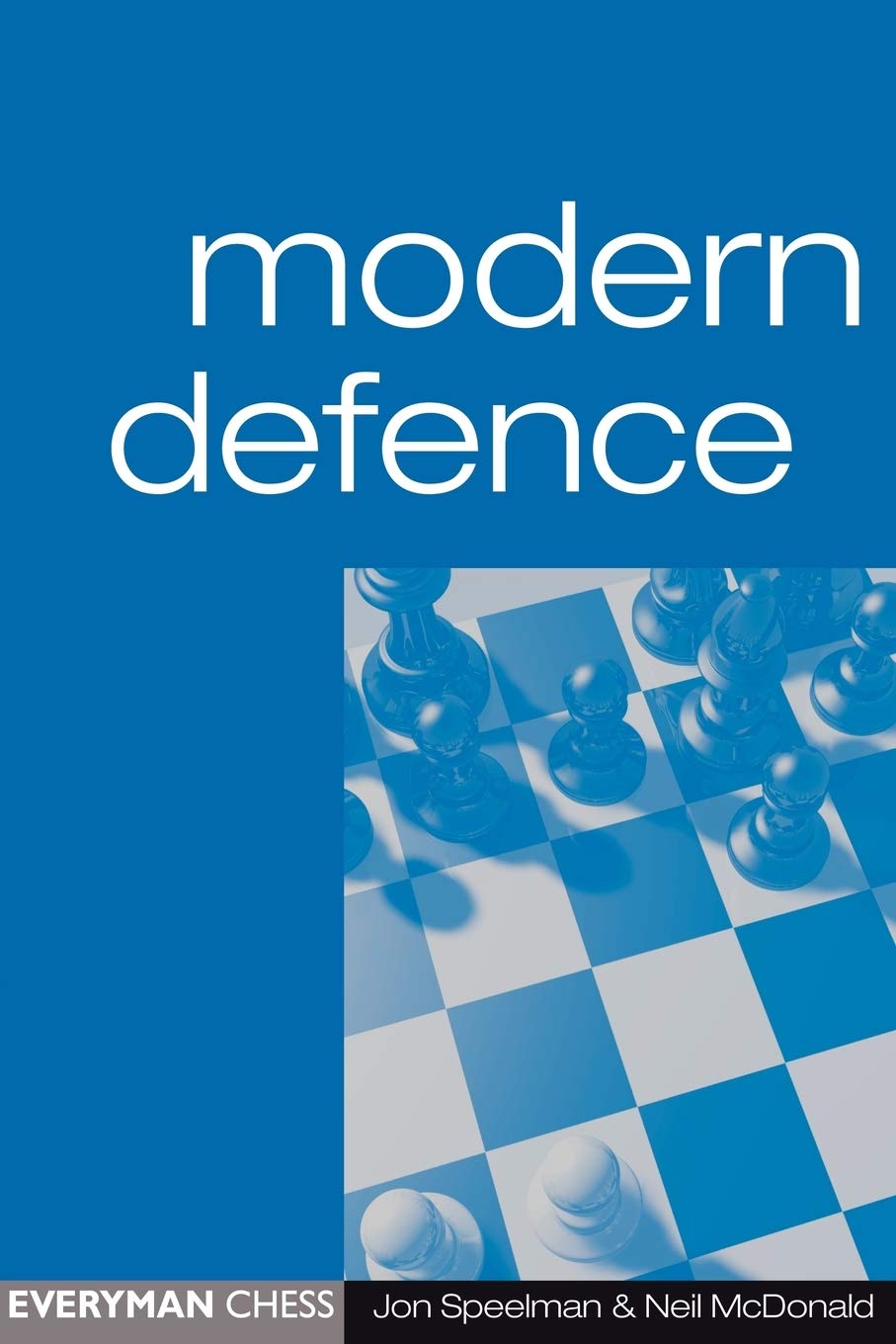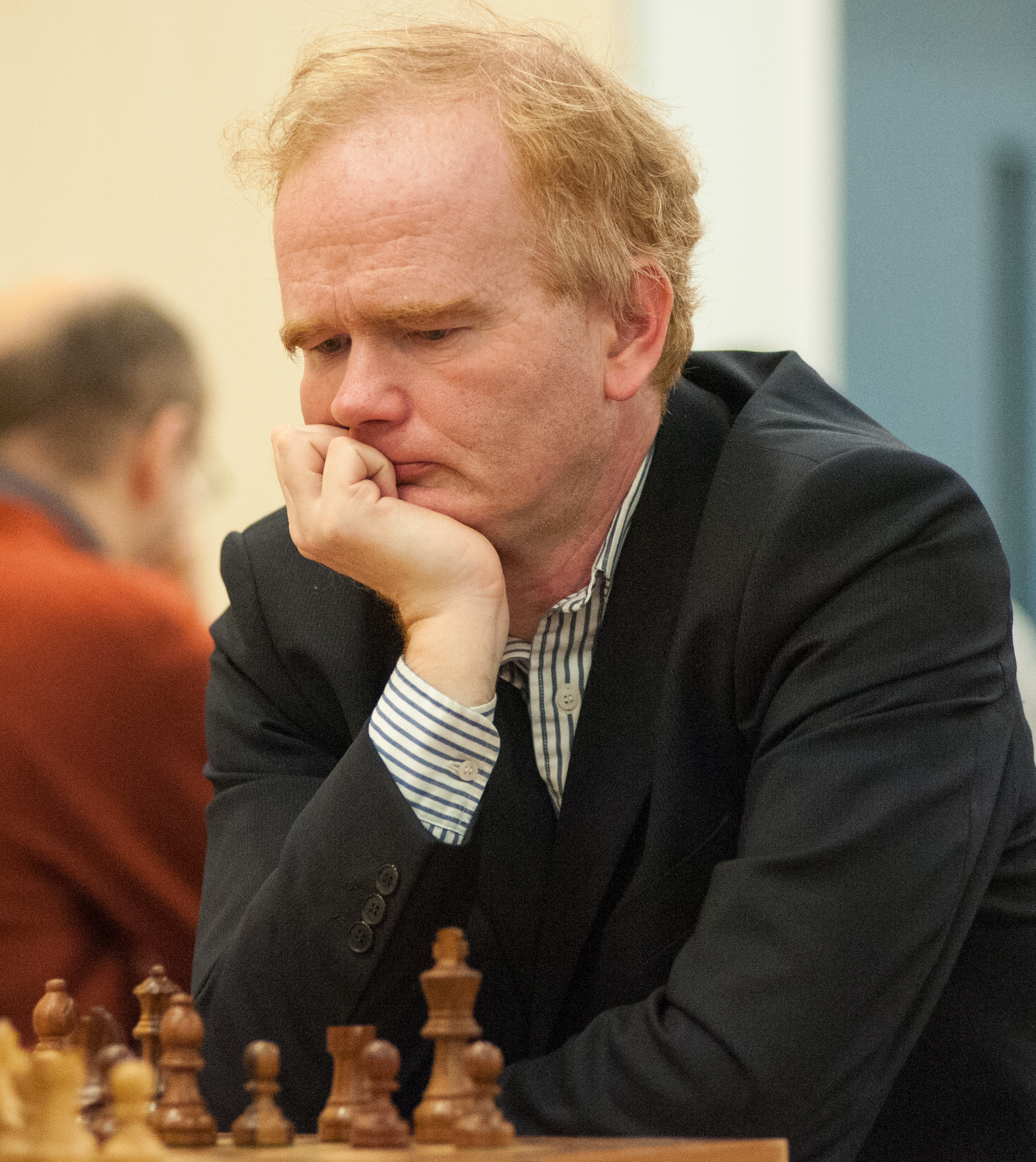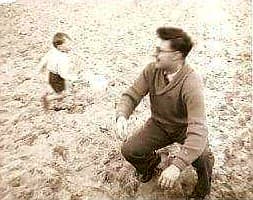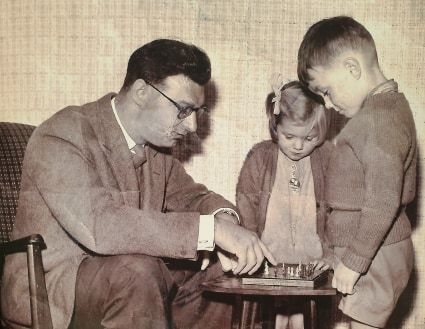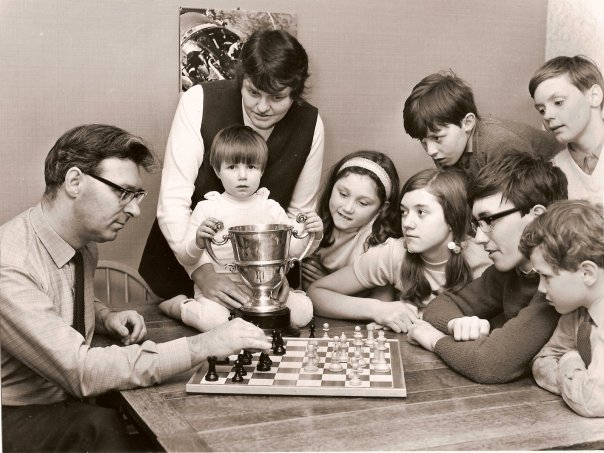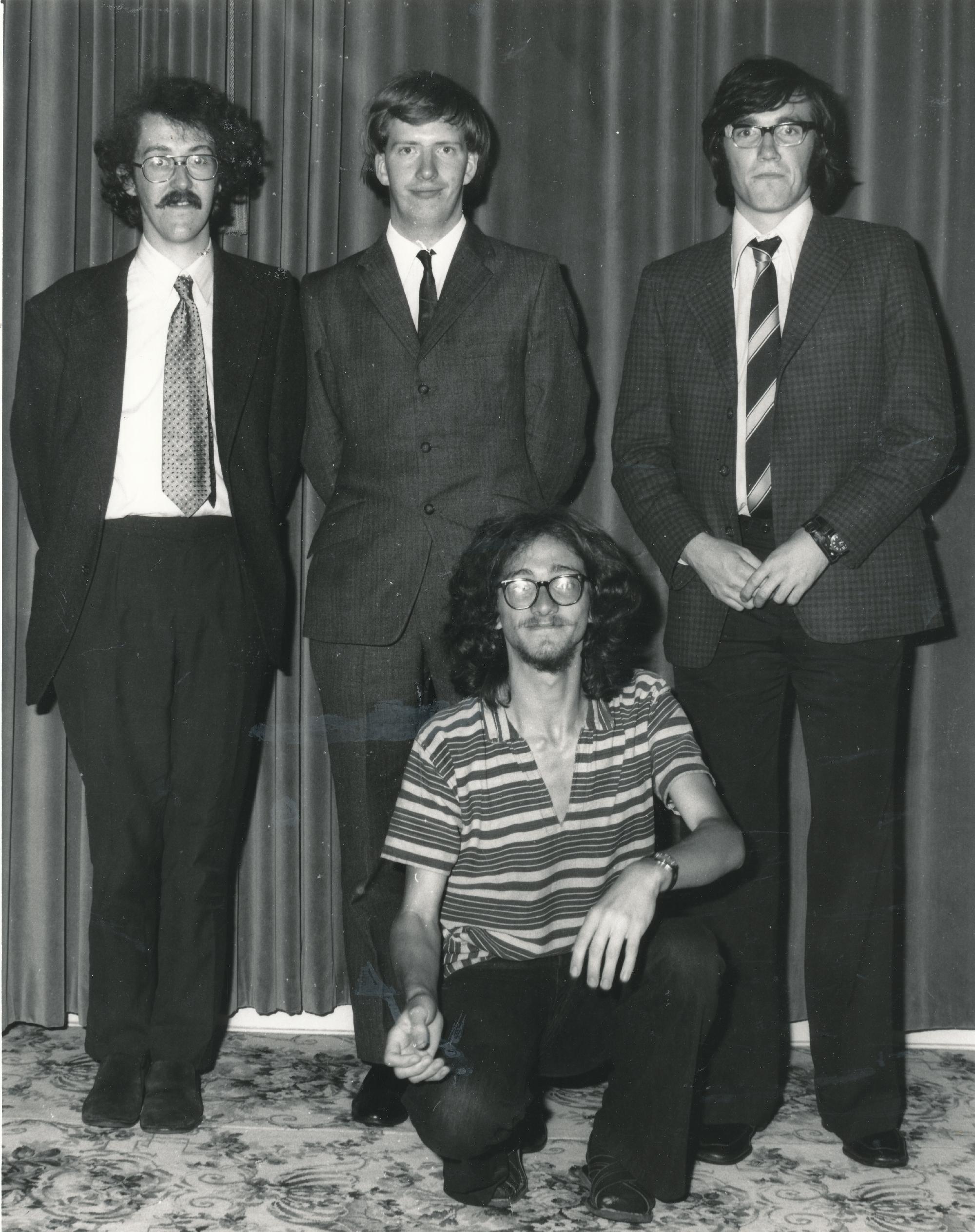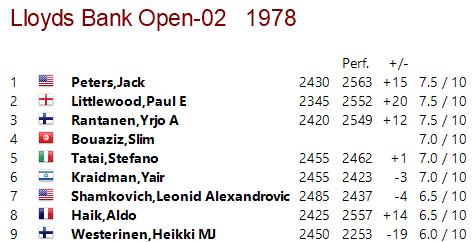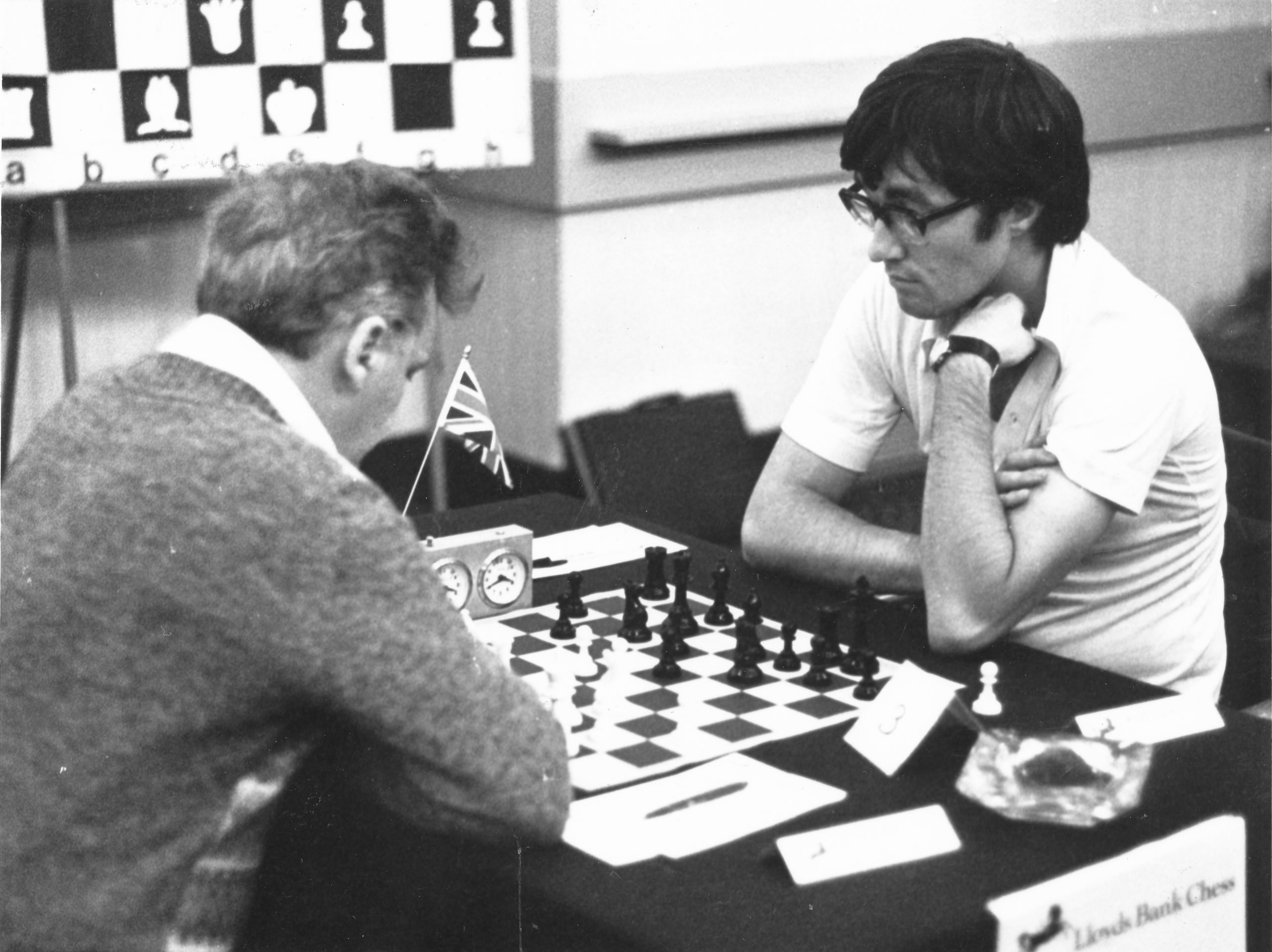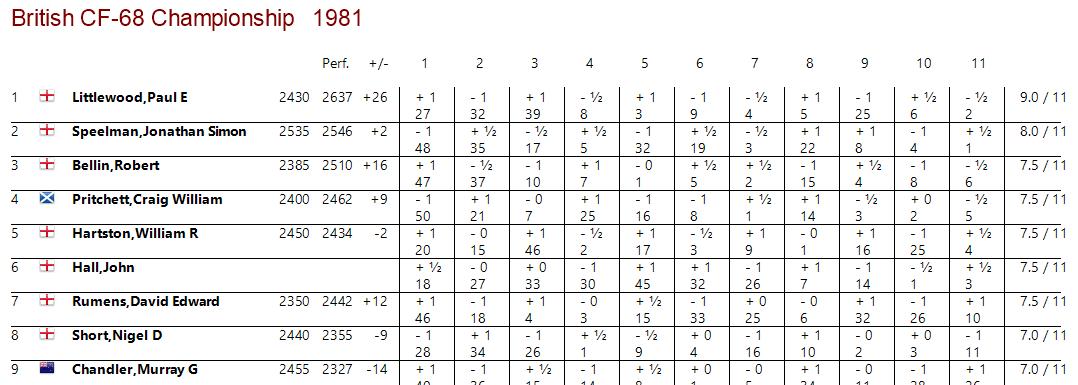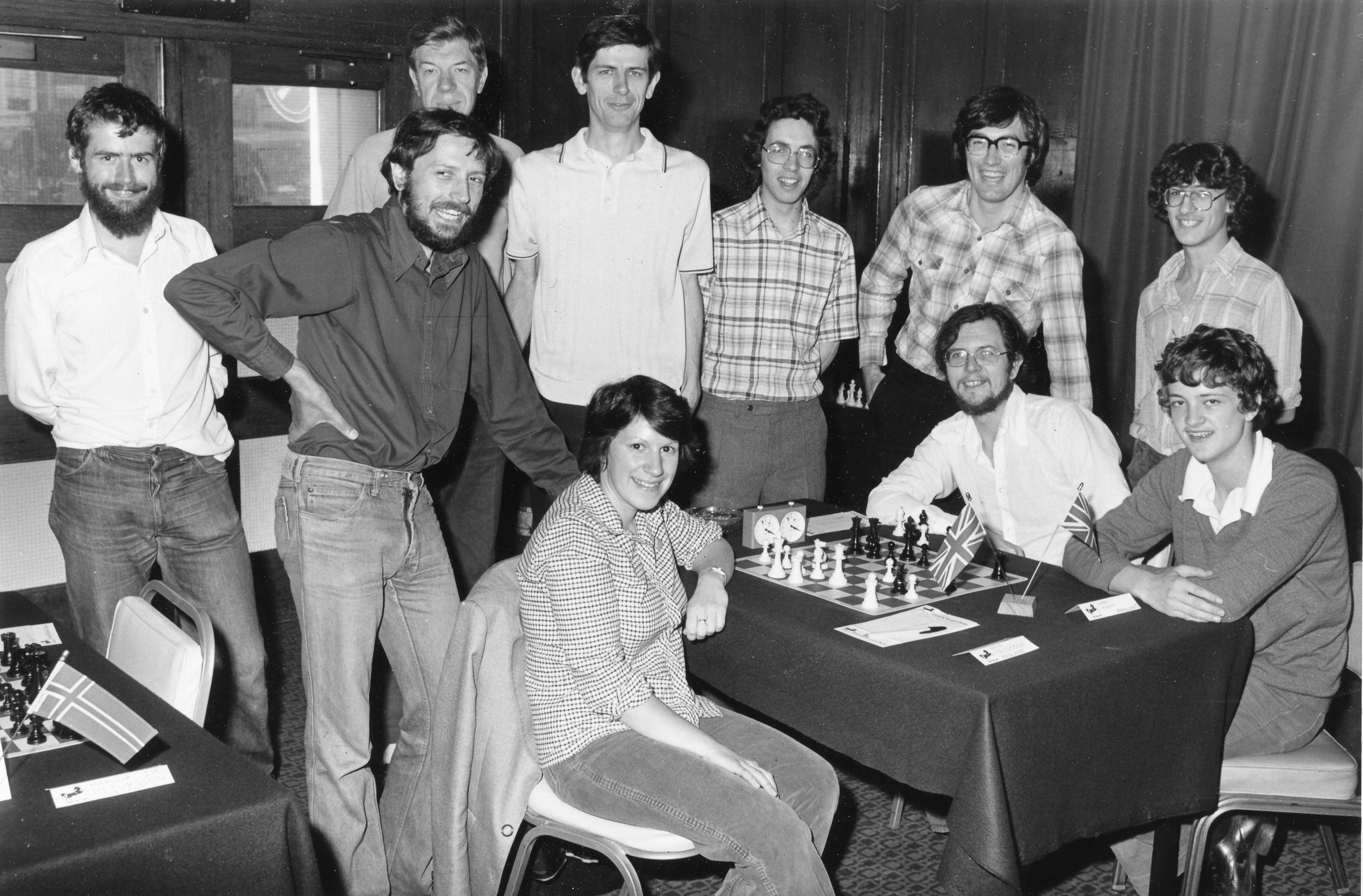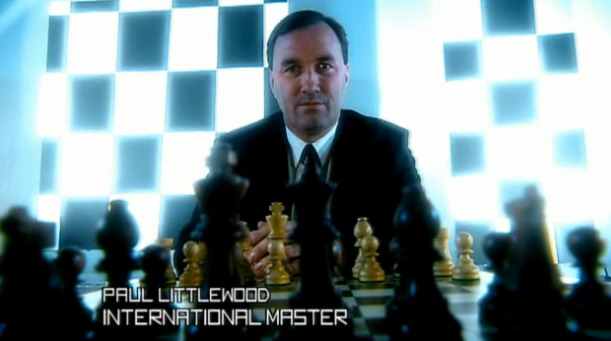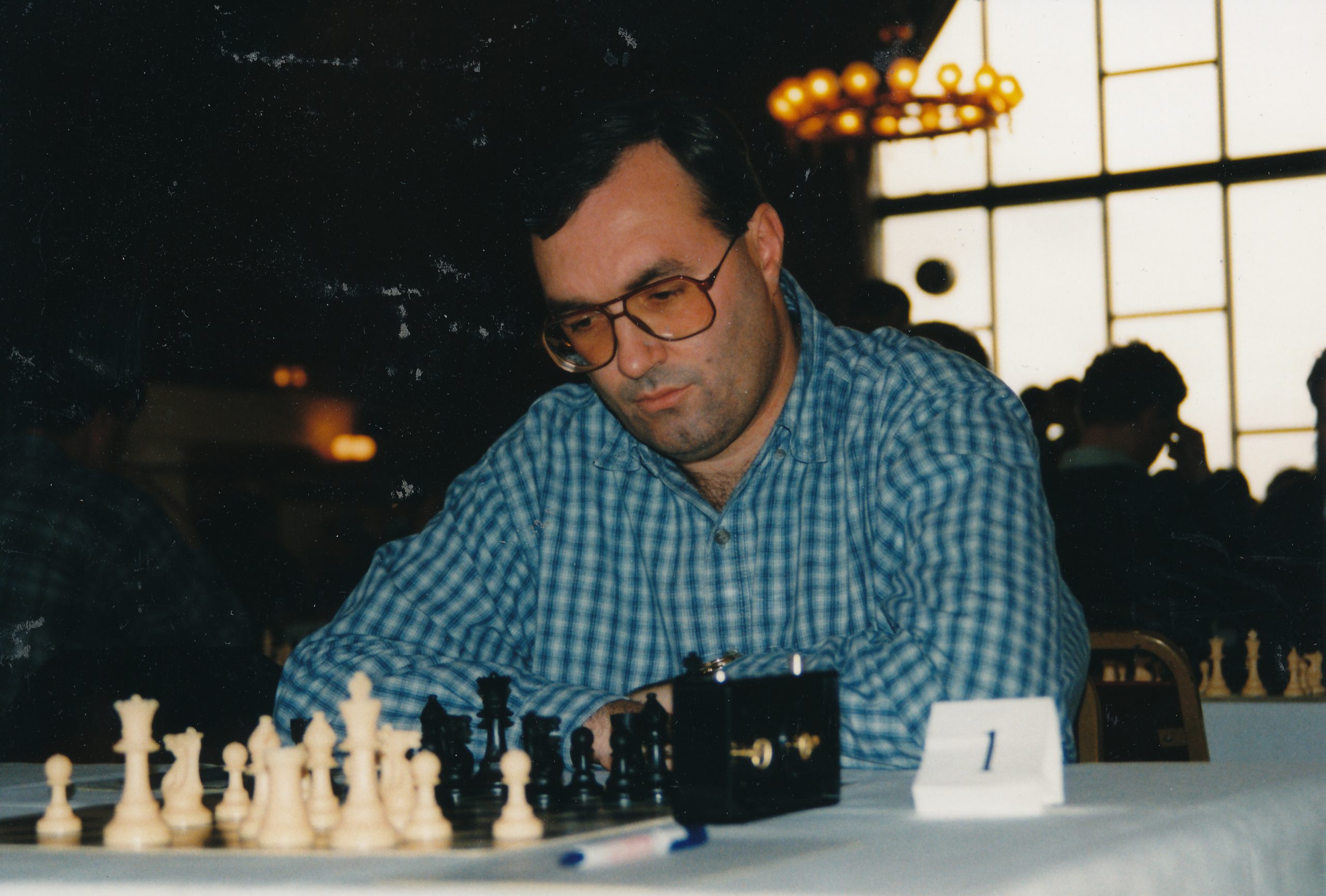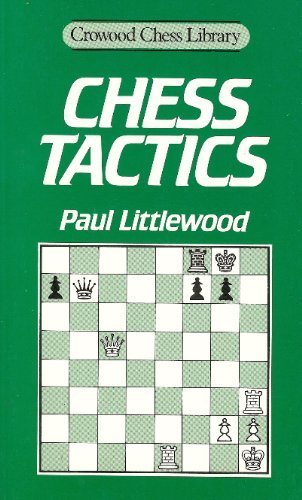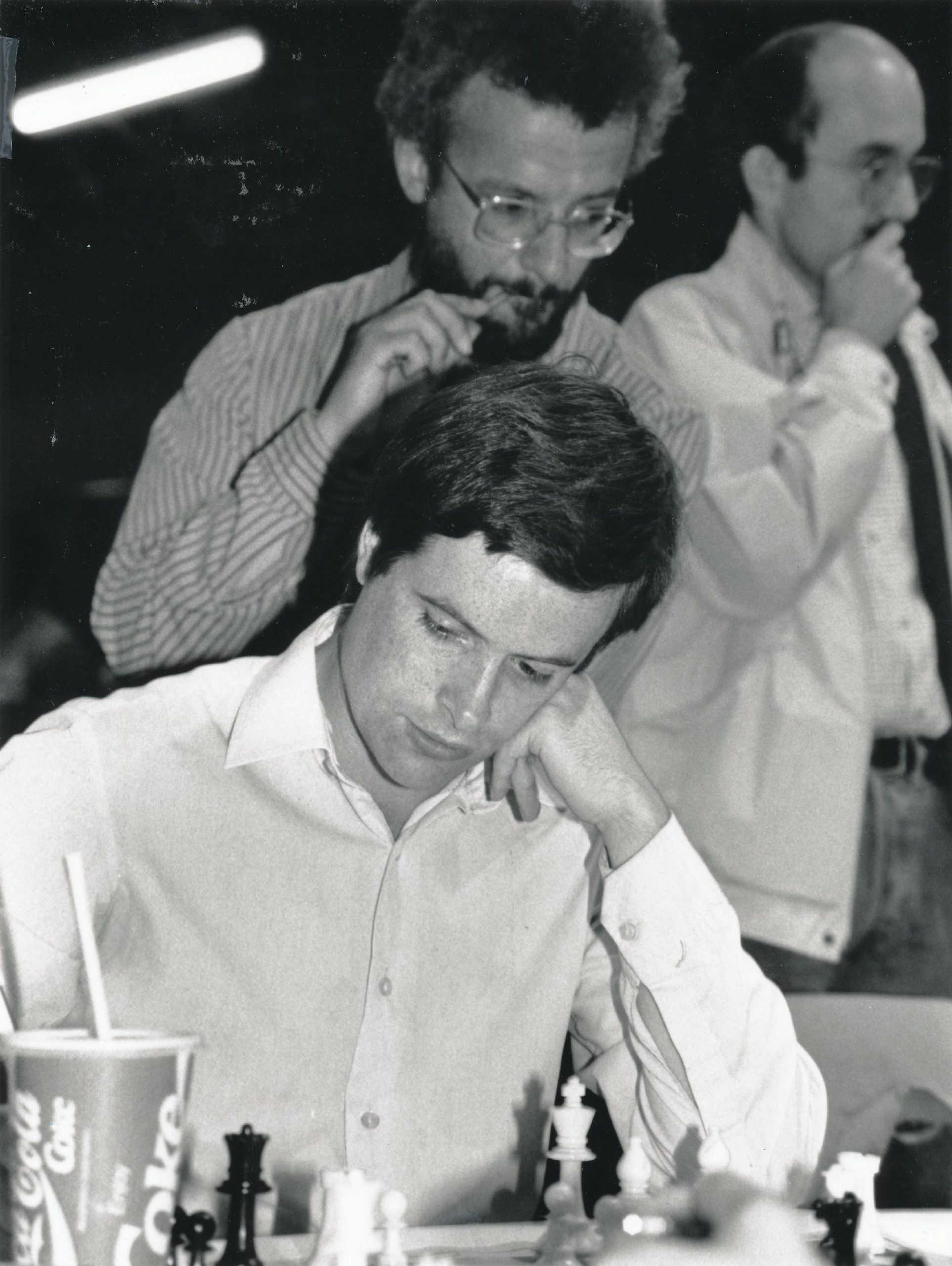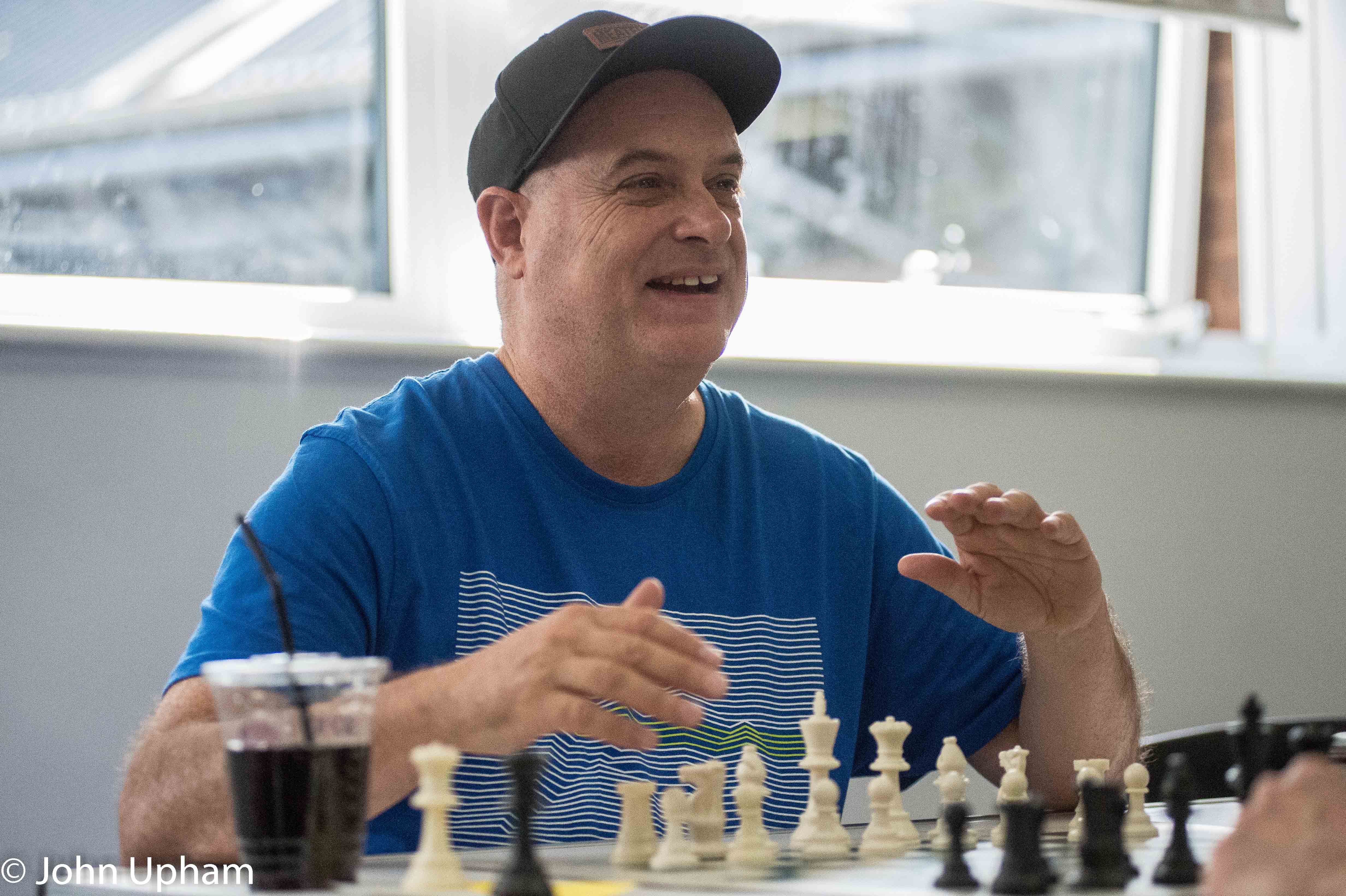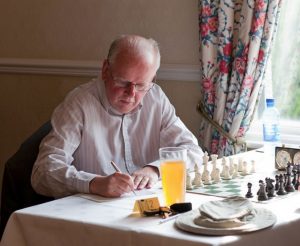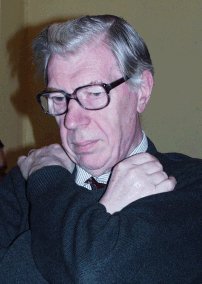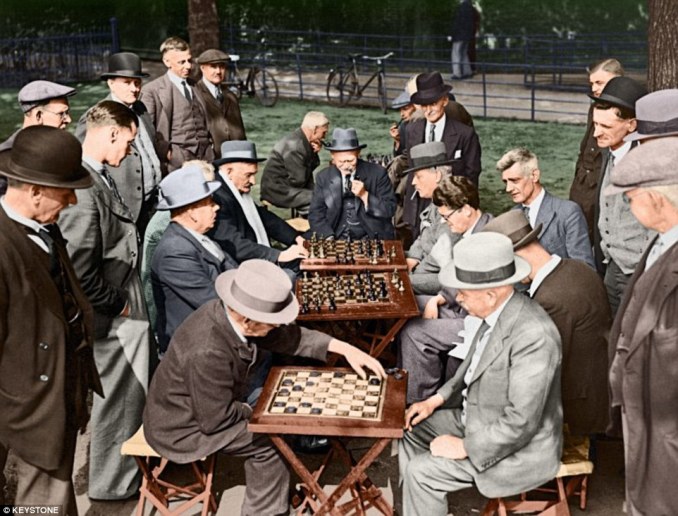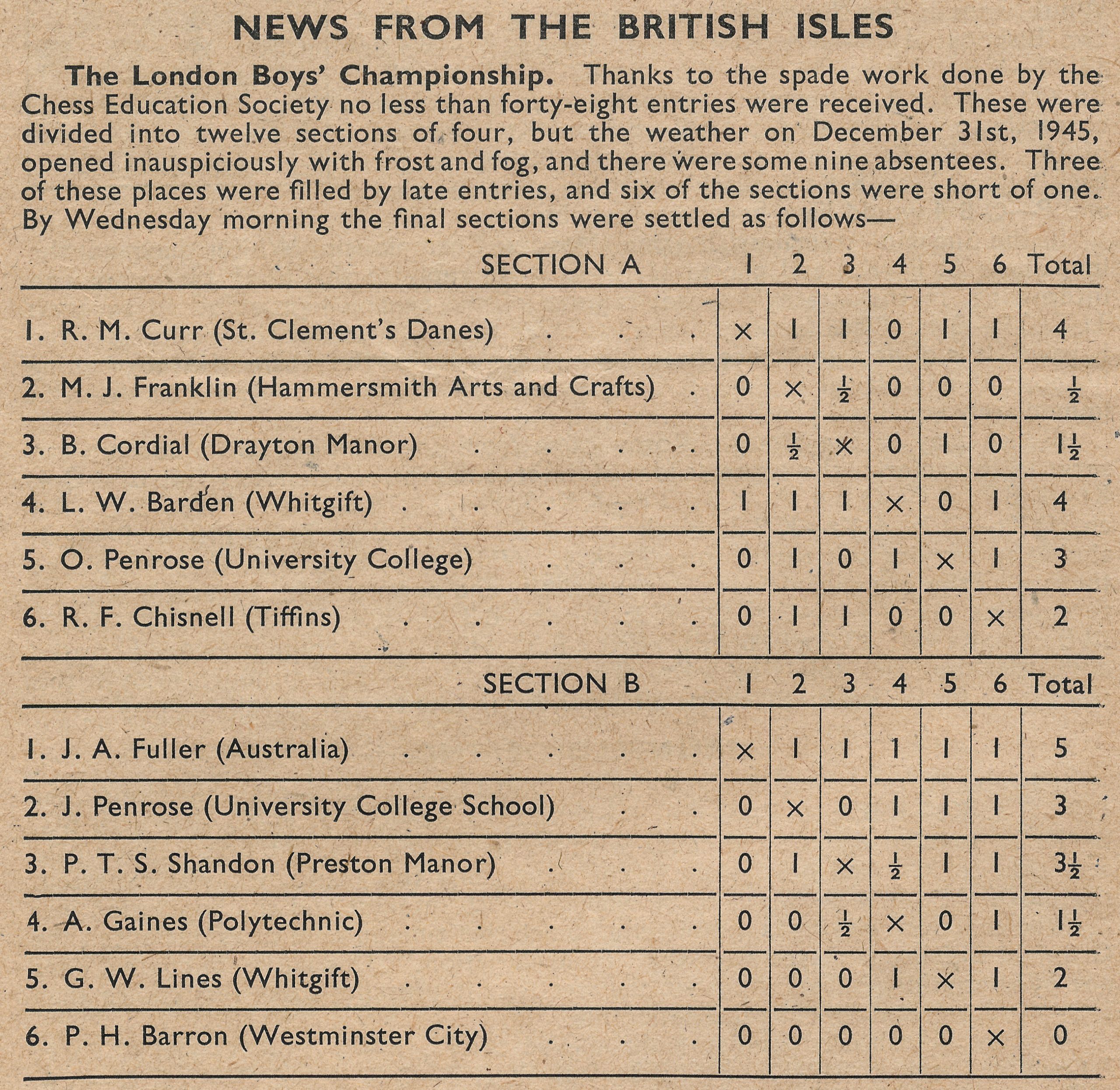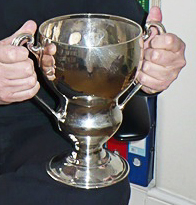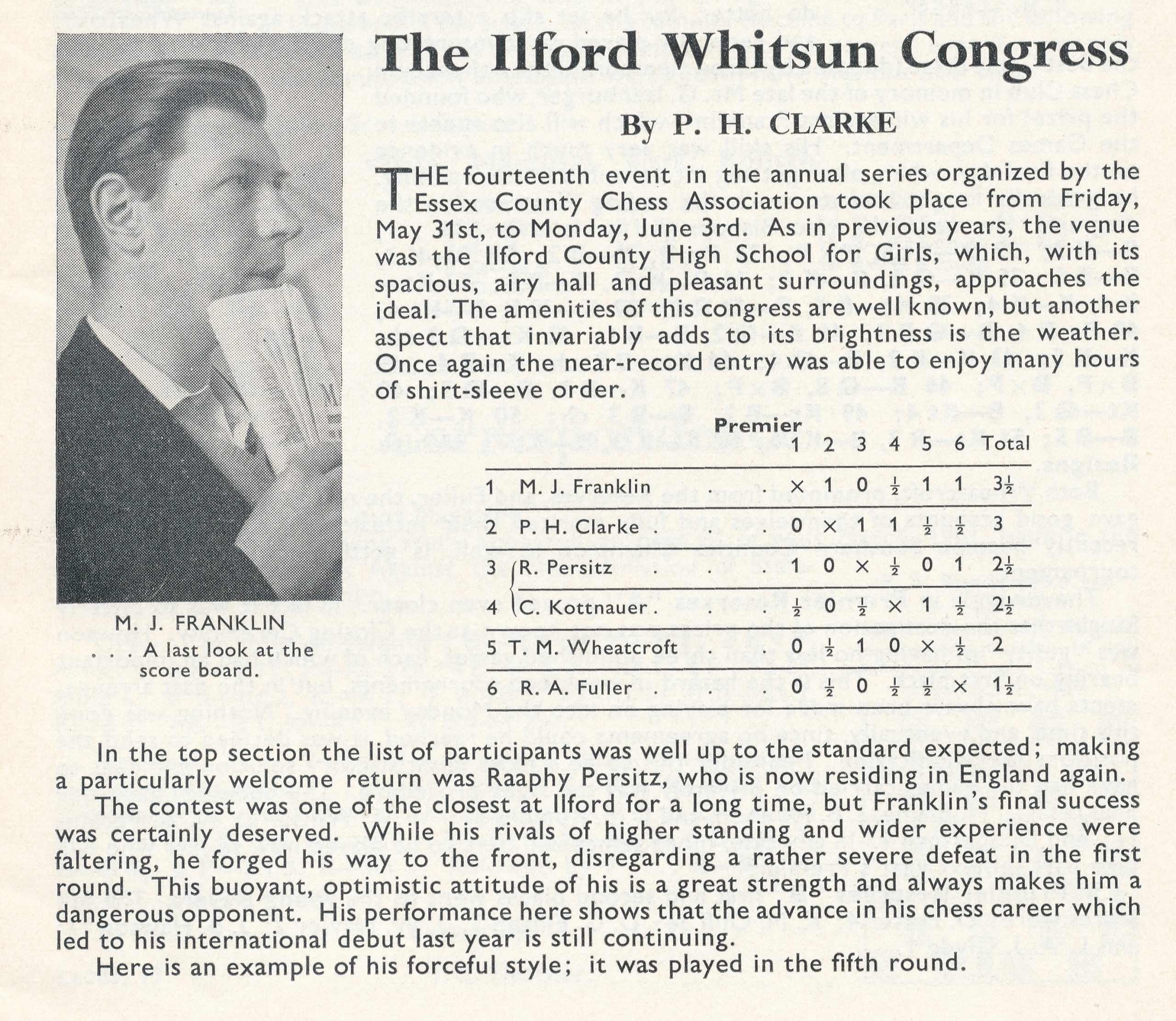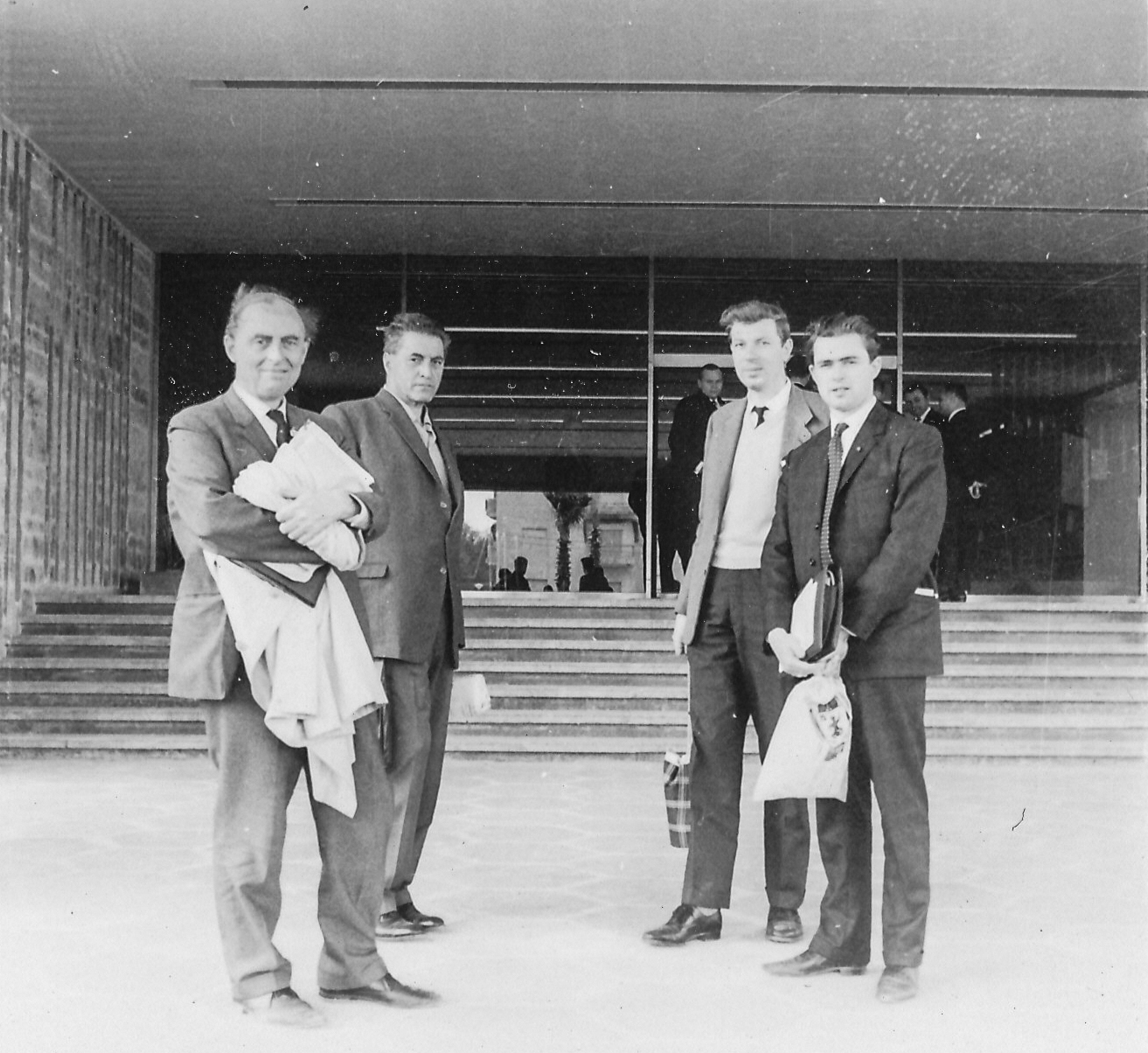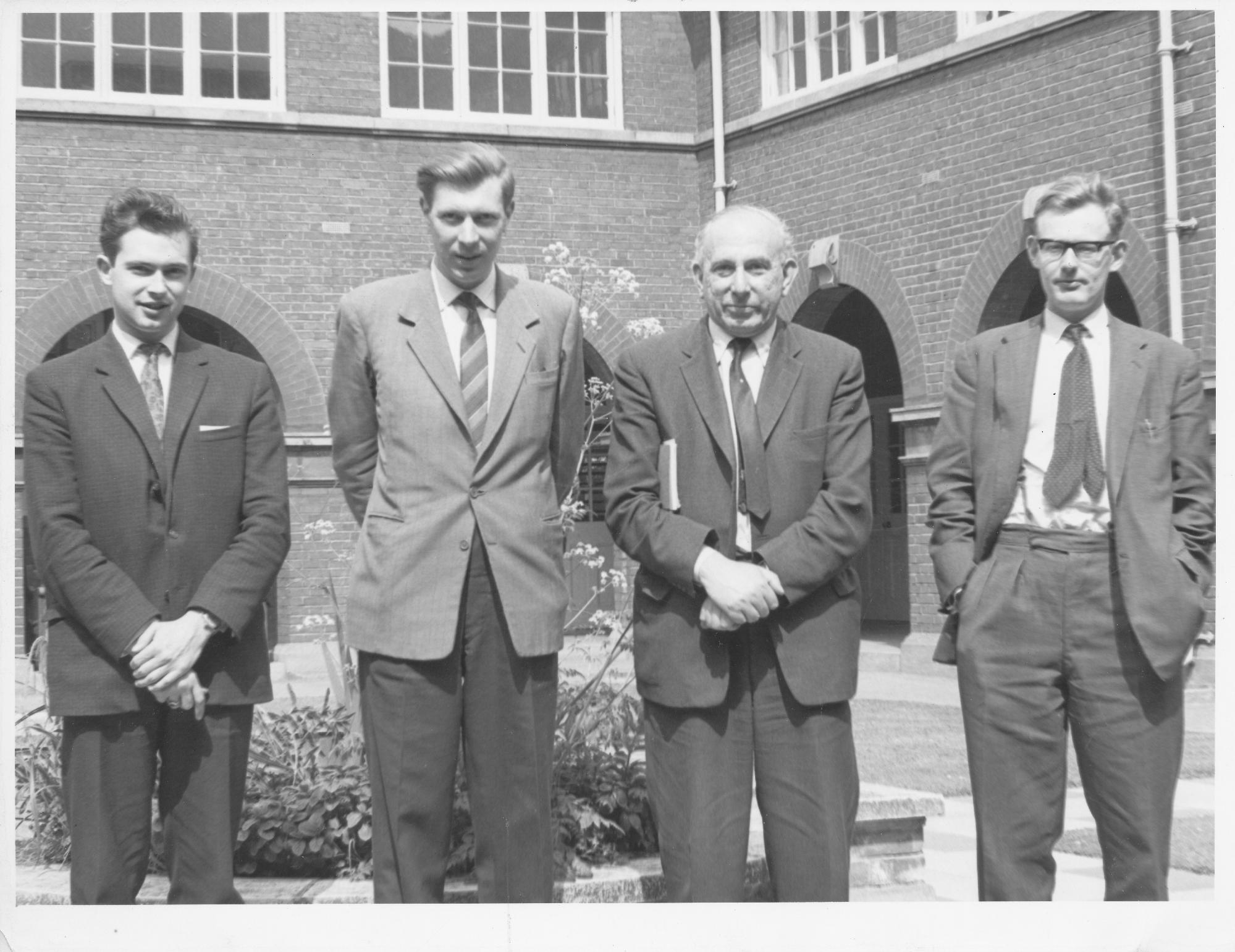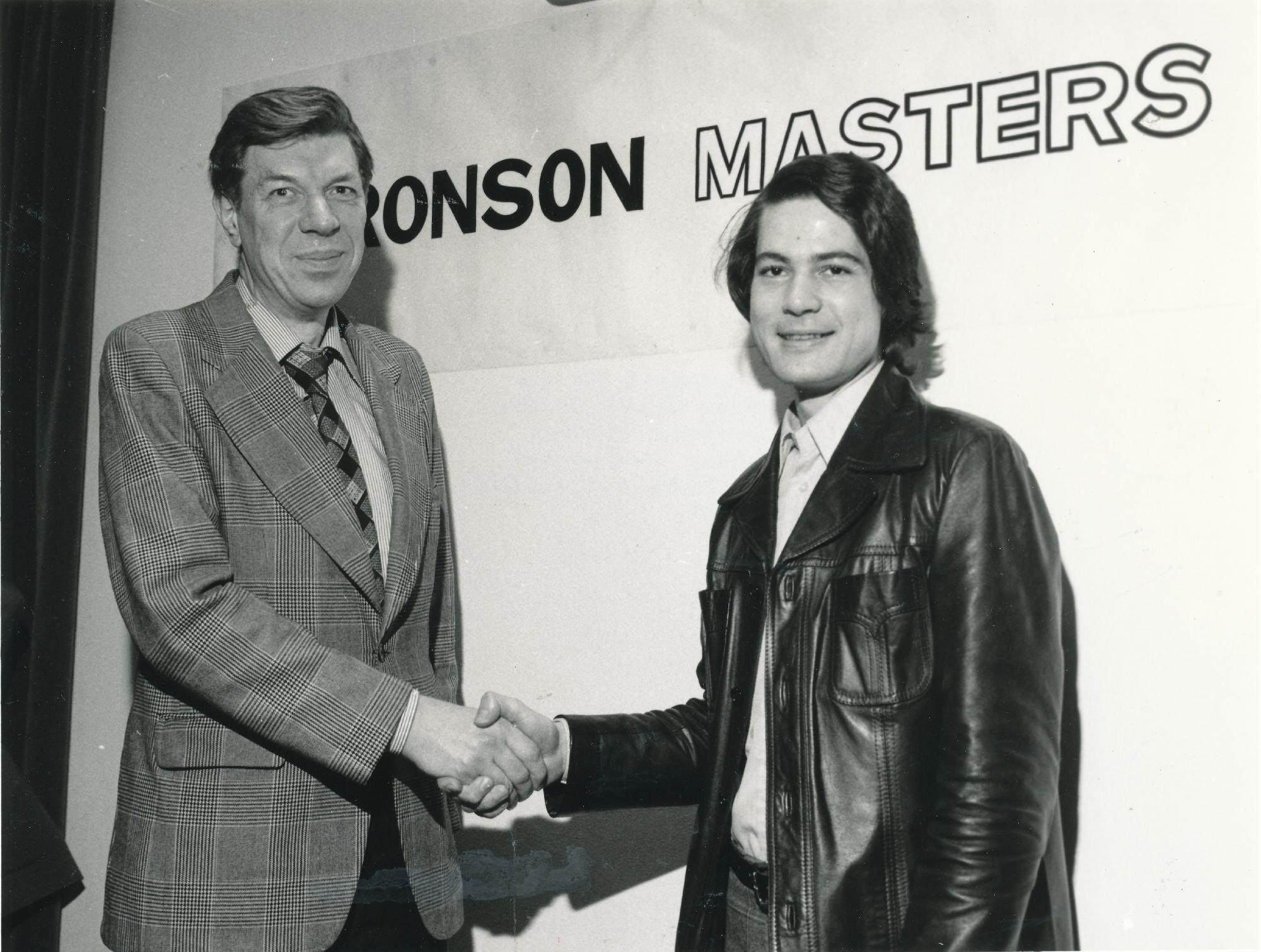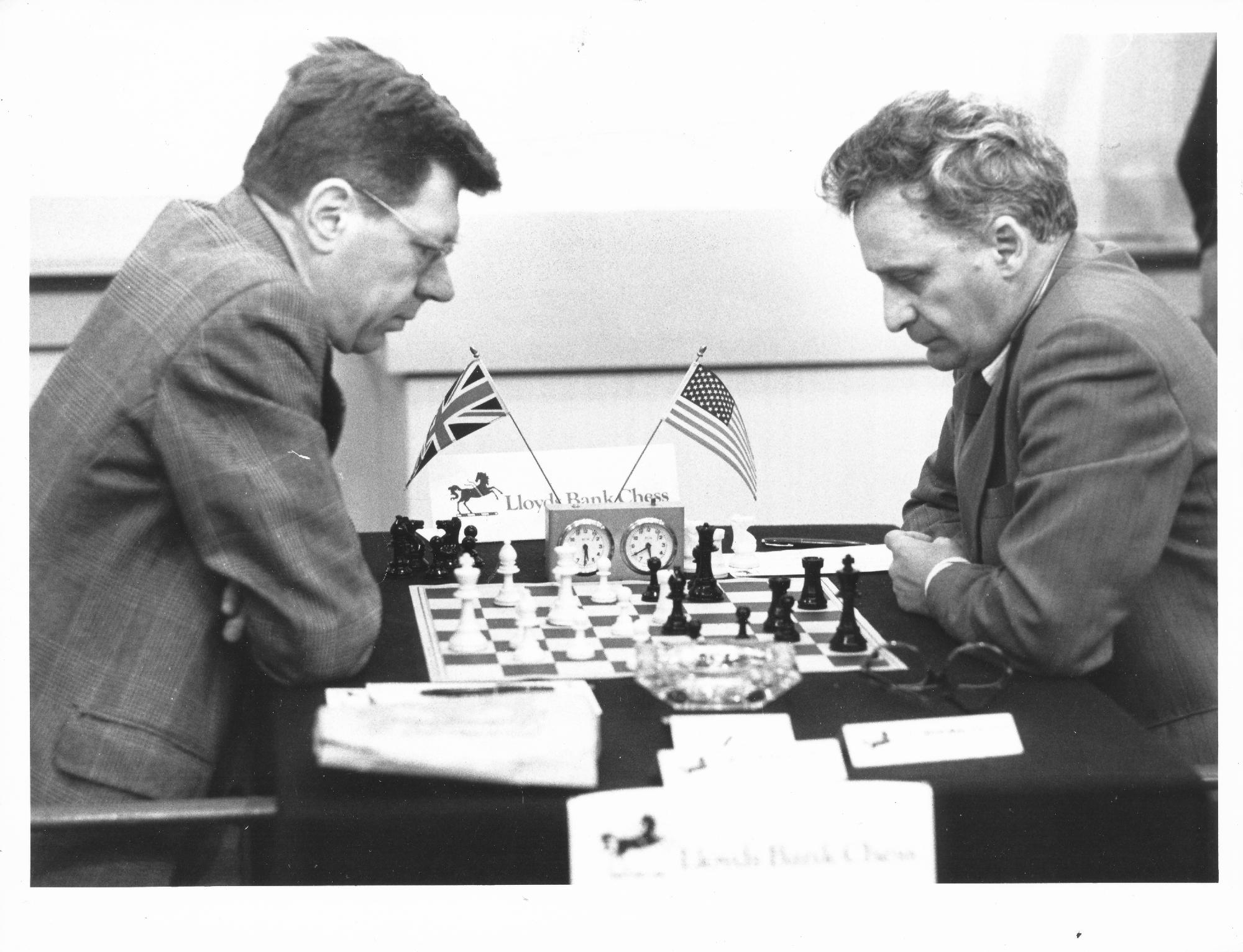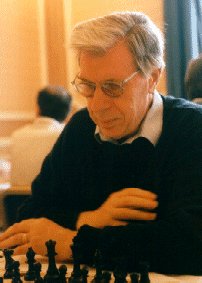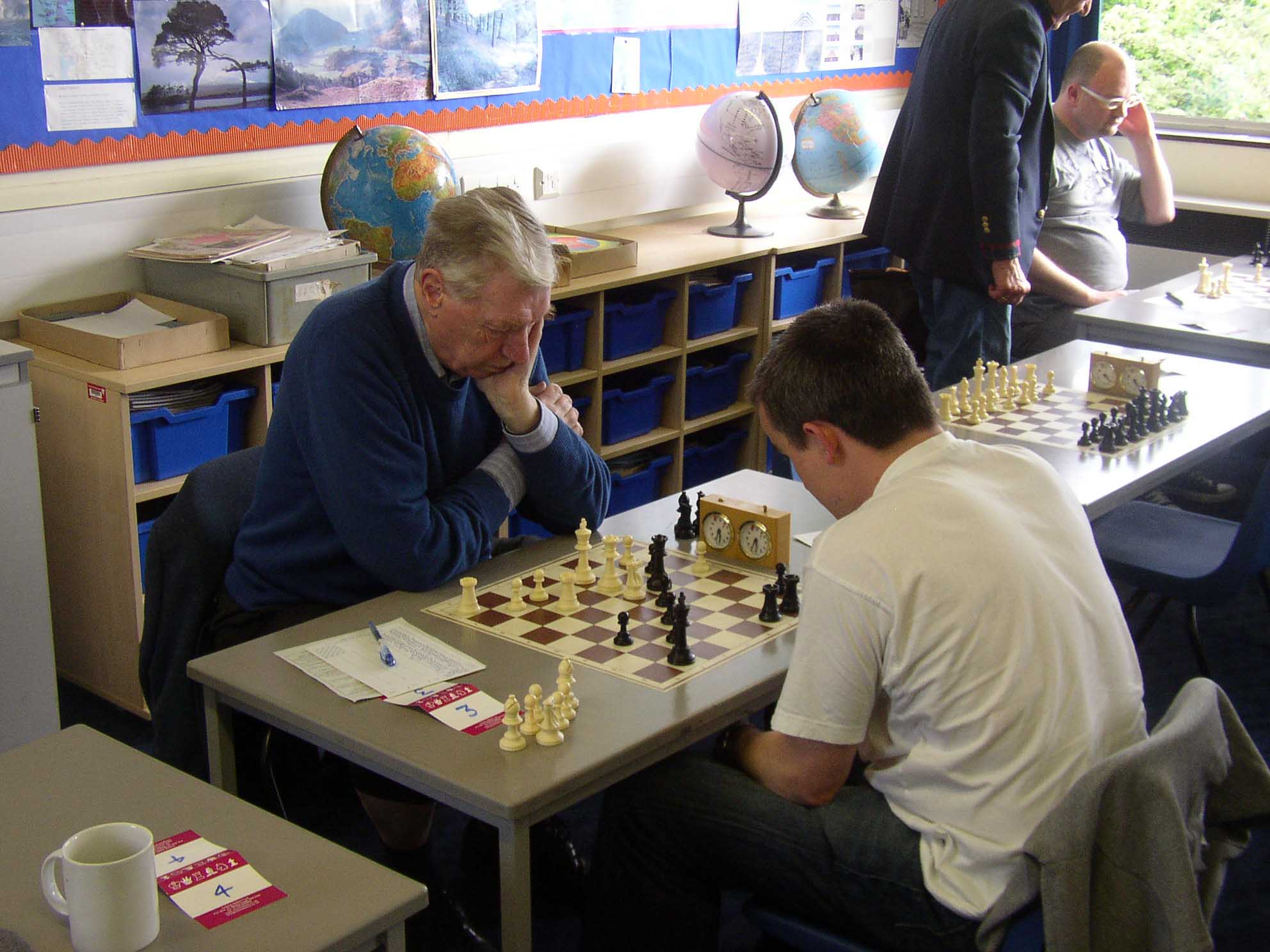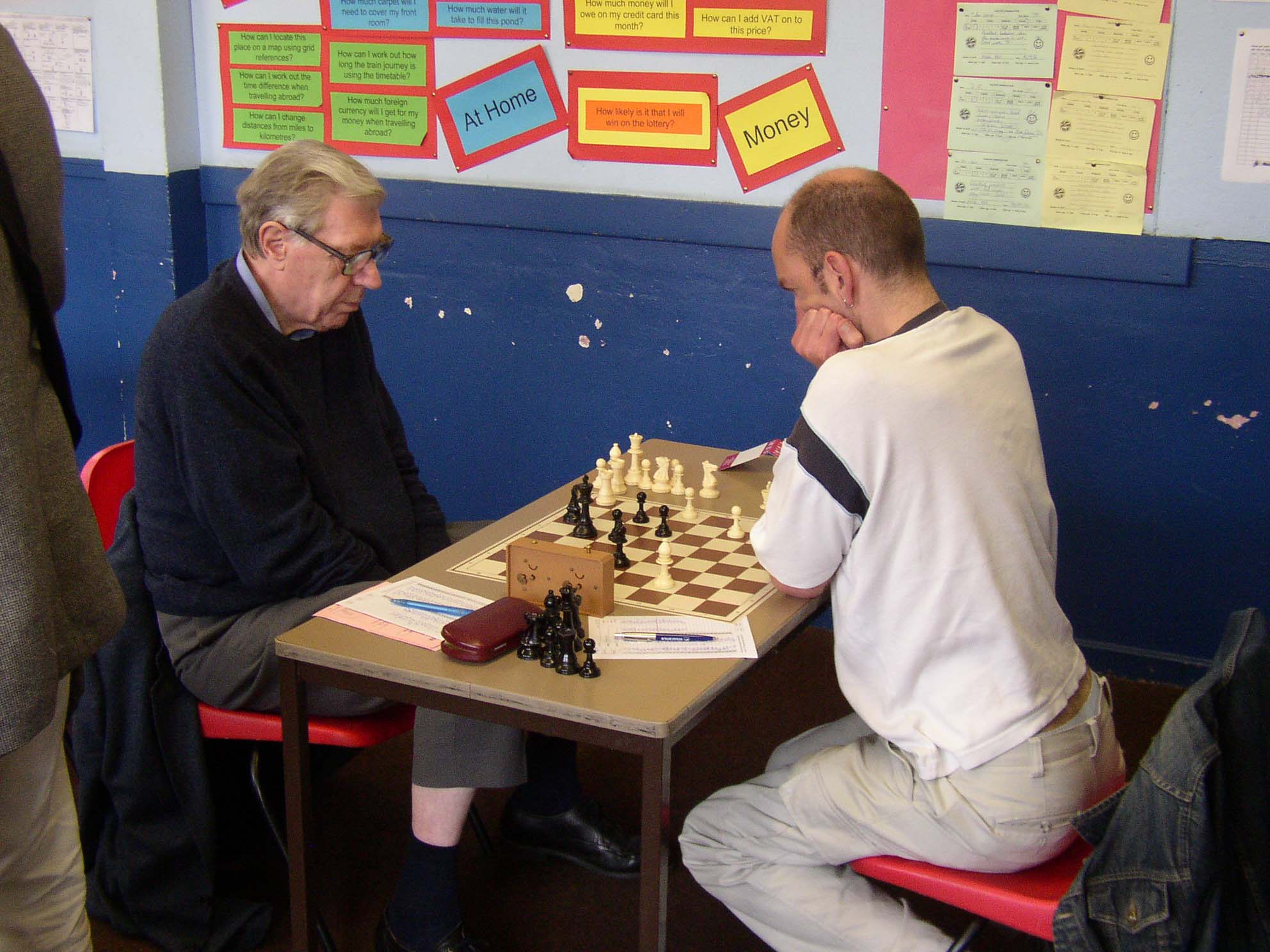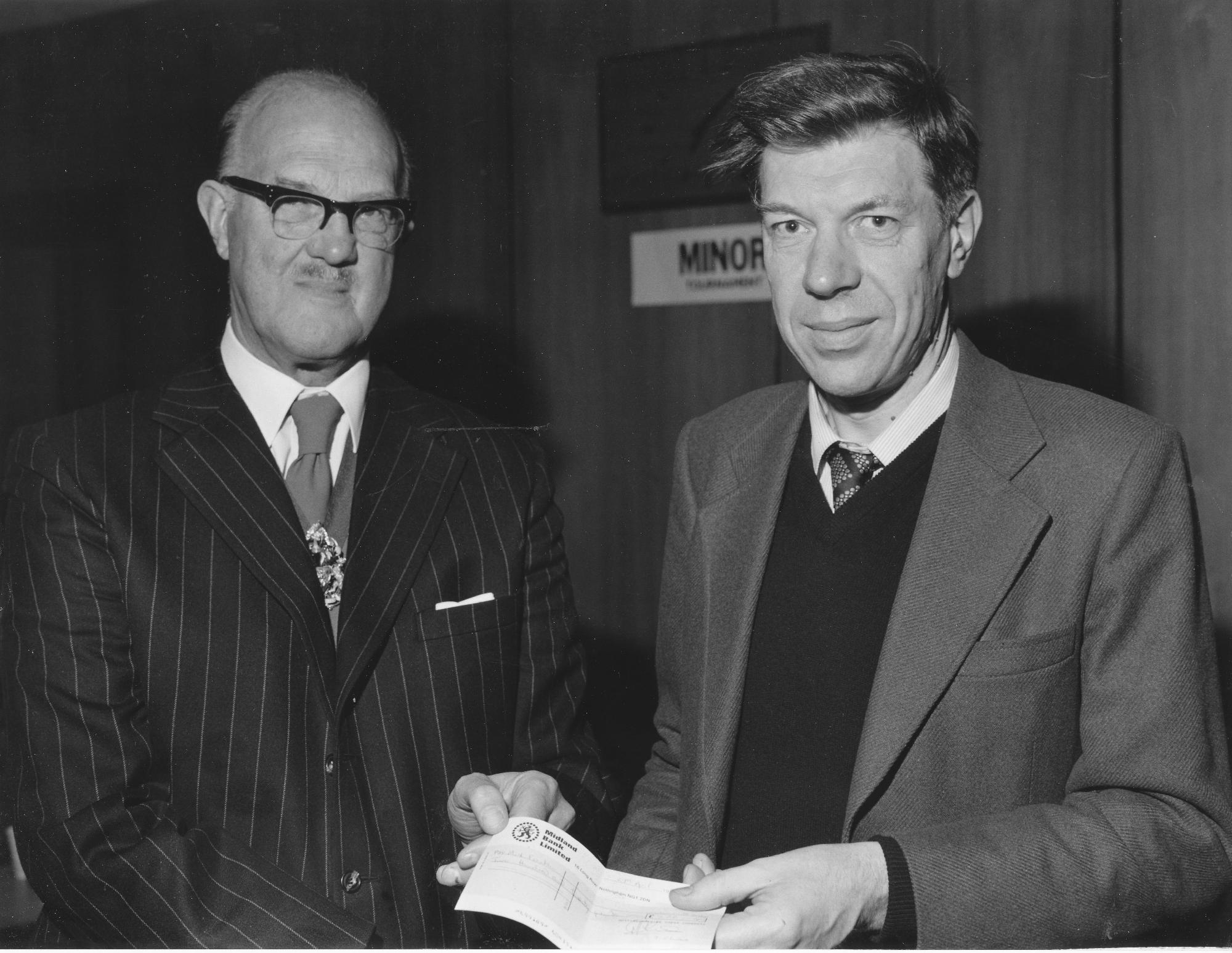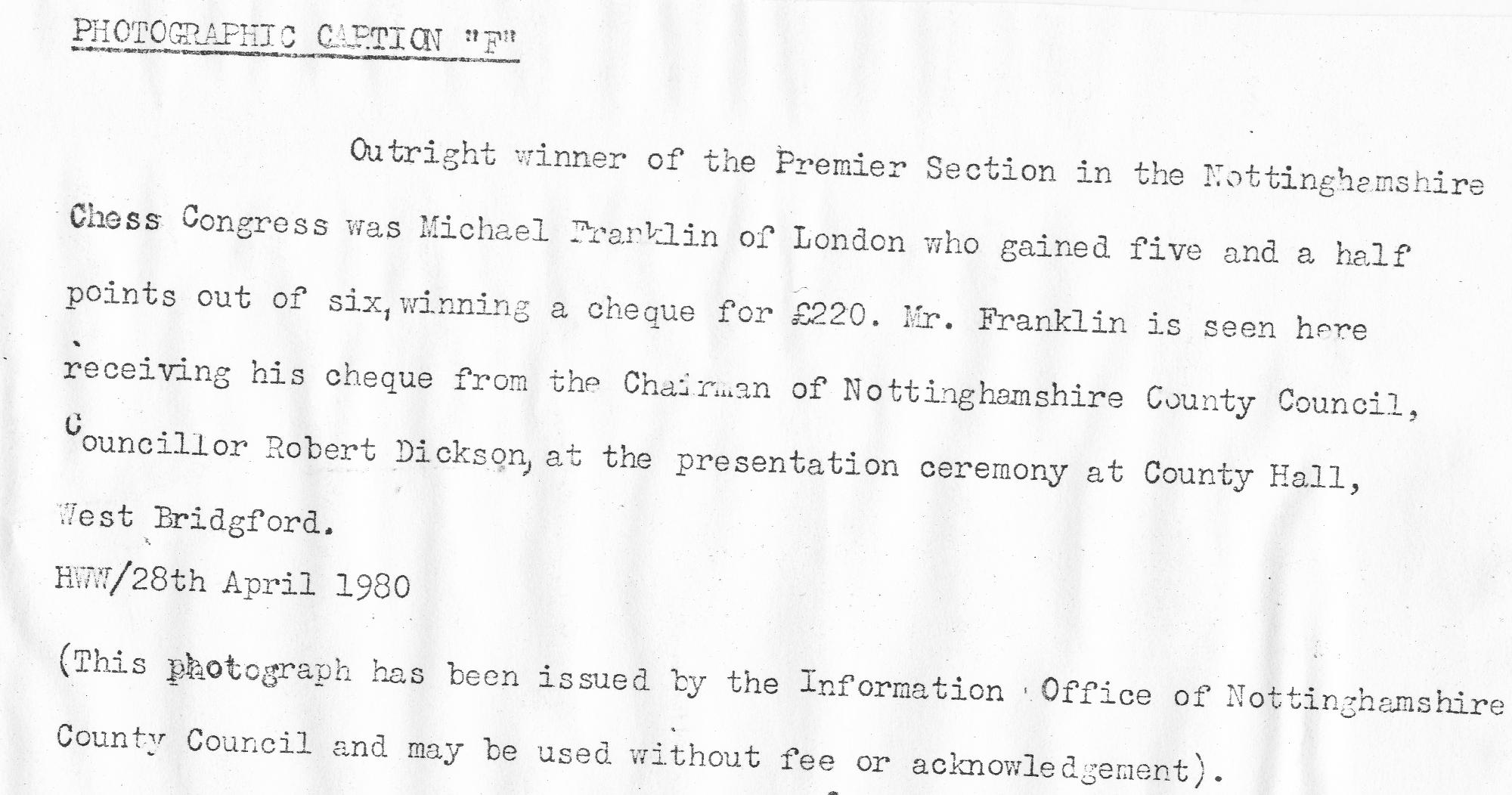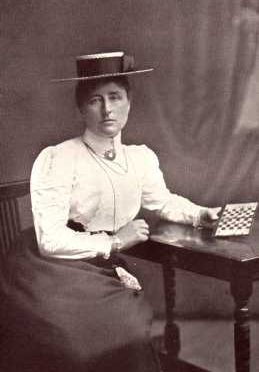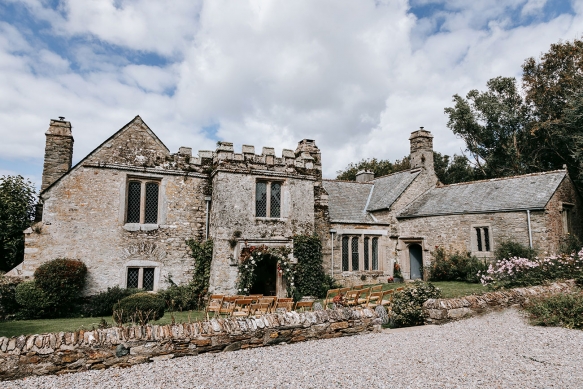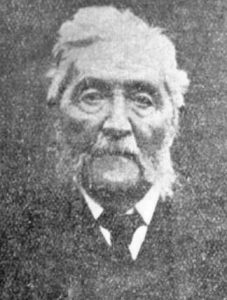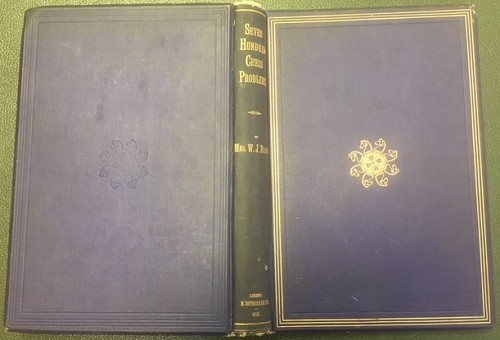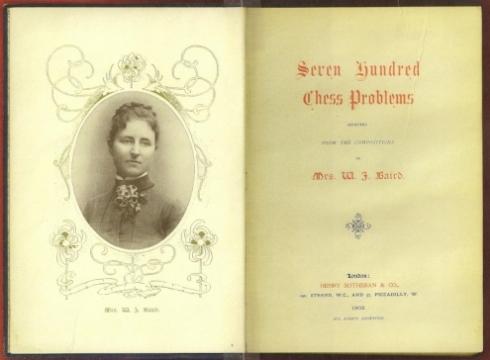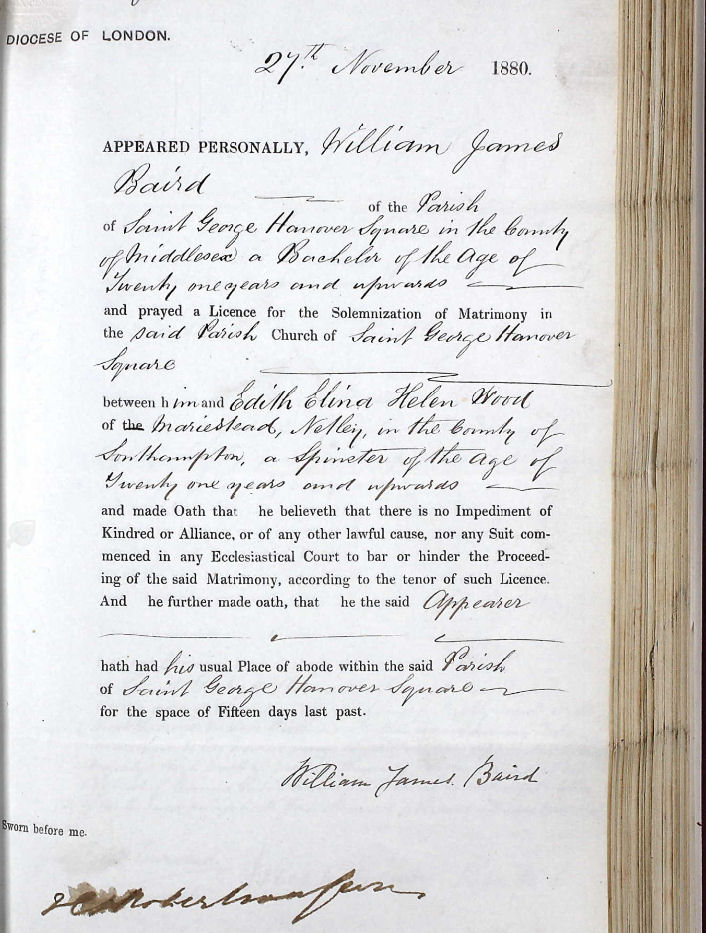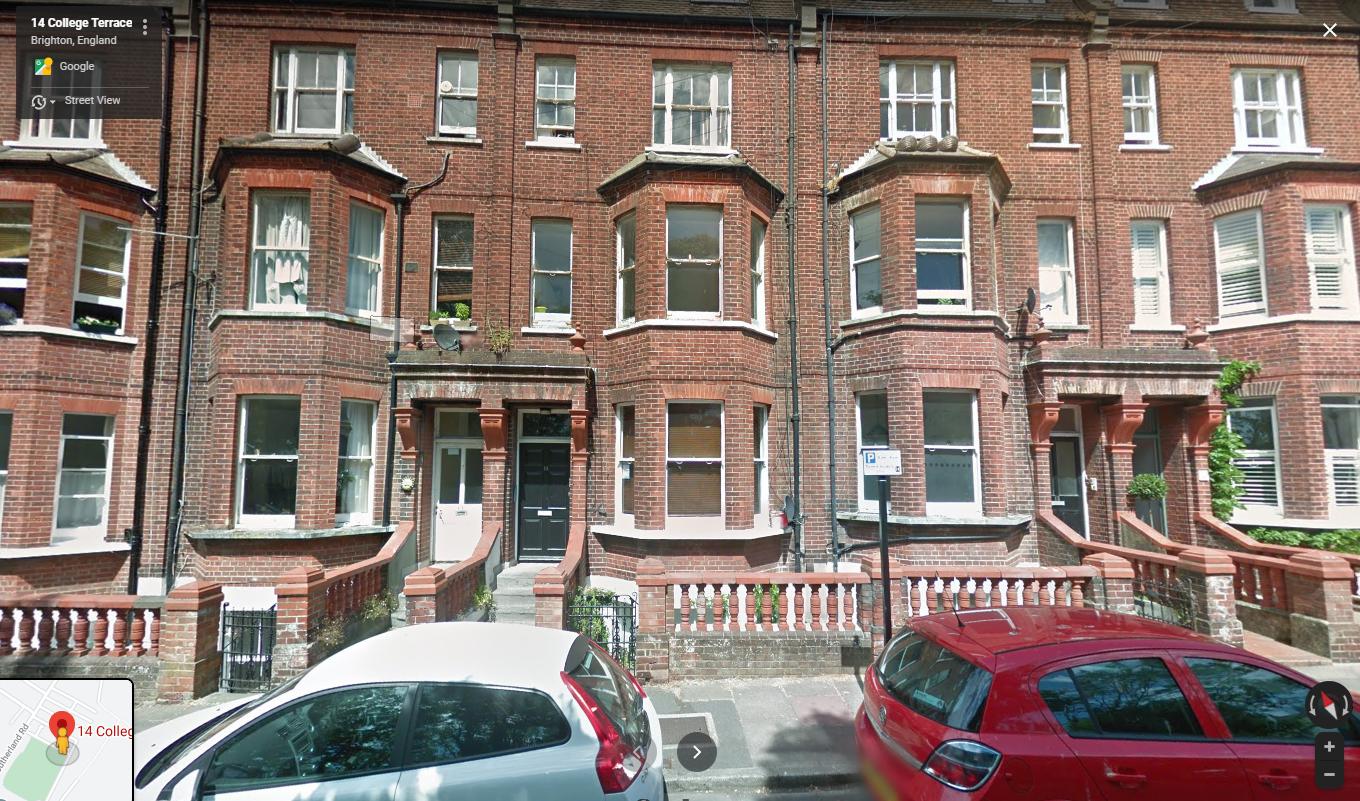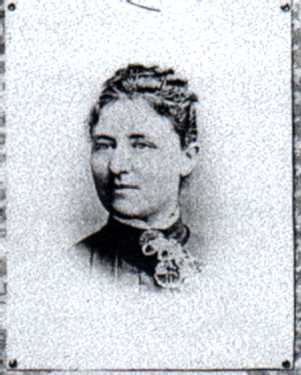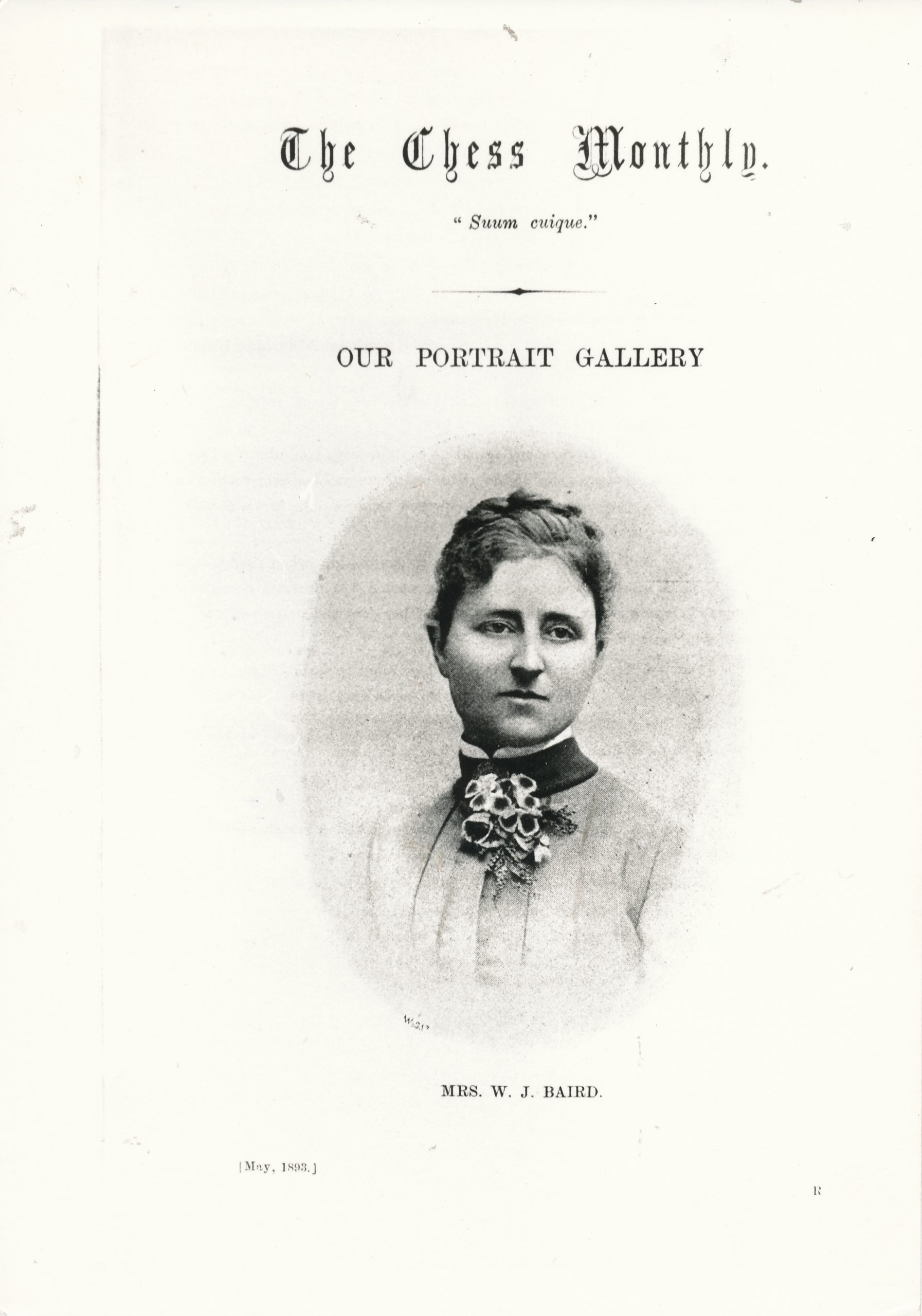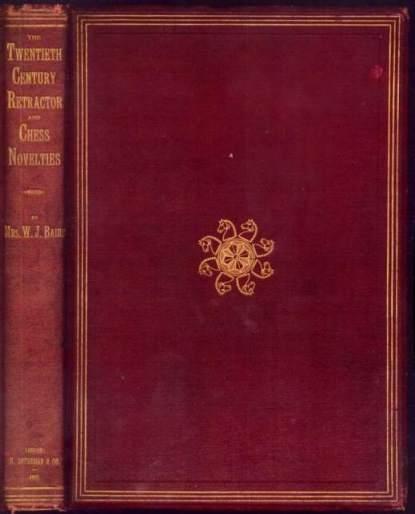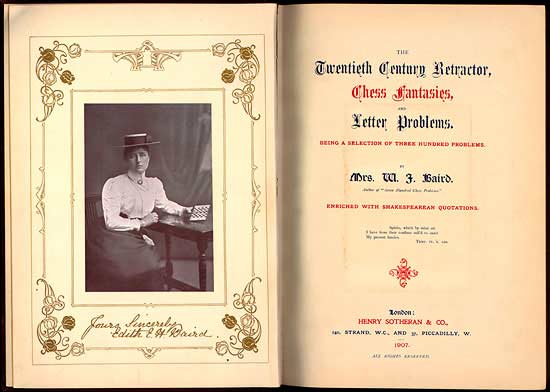Blurb from the publisher, Russell Enterprises:
The Fearsome Fascination of Kingwalks!
Marching your king across the board – at times right through or into enemy lines – may be both exhilarating and terrifying. Nothing may be quite as satisfying as a majestic kingwalk across the board which brings you glorious victory. And nothing as tragicomic as a needless journey ending in epic failure.
Chessplayers are fascinated by kingwalks, perhaps because of their inherent contradiction and even implausibility. The most important – and vulnerable – chess piece does something other than trying to remain safe.
Topics include: Kingwalks to Prepare an Attack; Kingwalks in Anticipation of an Endgame; Kingwalks to Defend Key Points; Kingwalks to Attack Key Points or Pieces; Mating Attacks; Escaping to Safety Across the Board; Escaping to Safety Up the Board; Kingwalks in the Opening; Kingwalks in the Endgame; Double Kingwalks; and Unsuccessful Kingwalks.
For sheer entertainment as well as instructive value, the kingwalk is transcendent!
“Executing a successful kingwalk has the power to make a chessplayer happy and the same can be said about playing over the many beautiful examples in this book. Enjoy!” — From the Foreword by Hans Ree
About the Authors:
American grandmaster Yasser Seirawan is a four-time U.S. champion. He also won the World Junior Championship in 1979. He is one of the best-selling chess authors and is considered one of the top commentators for games broadcast on the web.
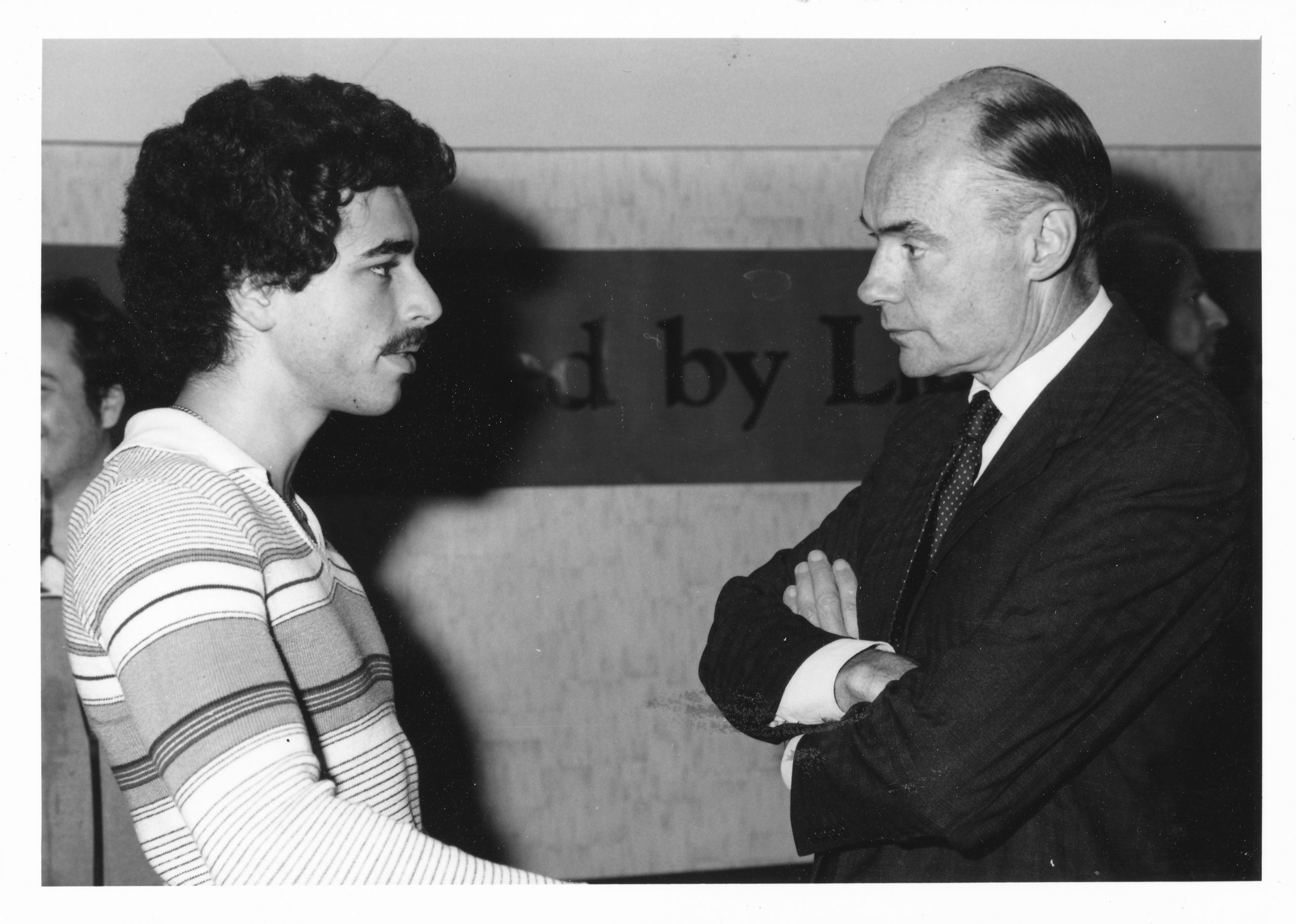
Canadian master Bruce Harper has been champion of British Columbia many times and has also participated in several Canadian championships. He is the co-author with Yasser Seirawan of the highly acclaimed three-volume series, Chess on the Edge, chronicling the career of Canadian grandmaster Duncan Suttles. He is also co-author, with American grandmaster Hikaru Nakamura, of Bullet Chess: One Minute to Mate.”
From the rather rambling introduction:
While our hope is that readers of all strengths will enjoy this book, there is also much to be learned from the study of kingwalks. They are a legitimate part of chess, and can transform the nature of the position to a great extent. given the difficulty people, including chess players, have in coping with change, the psychological effect of kingwalks cannot be overestimated.
and
In the pages that follow, we not only give examples of different types of kingwalks, but we try to explain the positional, tactical or psychological basis for each example. A legitimate kingwalk doesn’t come out of the blue, any more than a combination arises by chances. By exploring the preconditions for the different types of kingwalks, we hope the attentive reader will recognize positions from his or her own games where a kingwalk might be the path to victory. Equally, this type of analysis will help players in coping with opponent’s kingwalks.
Chapter 1 takes us straight into Kingwalks to Prepare an Attack. In a position where your opponent can do nothing, you want to break through to the enemy king, but first you move your king to the other side of the board to deprive your opponent of potential counterplay.
I was struck by the very first example: Kevitz & Pinkus v Alekhine in a 1929 consultation game.
Here’s the position after White’s 28th move.
Black has a potential pawn break with g6 followed by f5, but Alekhine decided to move his king to the other side of the board first.
The authors explain:
In this position, Black has a clear advantage. White’s pieces are tied to the defense of his weak e4-pawn and the light-square weaknesses around White’s king are a constant source of concern. The engine of course recommends direct action, but Alekhine, who was no stranger to that type of play, first takes the time to reposition his king.
Black’s 42nd move completed the kingwalk, reaching this position.
You’ll observe that, while Alekhine has made considerable progress, the consultation partners’ position is exactly the same as it was in the previous diagram.
The game continued 43. Bf2 f5 and Black won a few moves later.
We then move on to other motivations for kingwalks, in Anticipation of an Ending (Chapter 2: the examples all taken from Petrosian’s games), to Defend Key Points (Chapter 3) and to Attack Key Points or Pieces (Chapter 4).
Chapter 5 ramps the excitement up a notch as we look at kingwalks as part of Mating Attacks.
Hillarp Persson – Laurusas (not, as in the book, Laurusus), from the 2018 Olympiad in Batumi, reached this position after White’s 24th move.
Seirawan and Harper take up the story.
White has some compensation for his pawn deficit, but that’s about all. It is difficult to see how, in only ten moves, this game will become the best in the 2018 Olympiad.
Since there really isn’t anything happening in this position, White’s motif brings to mind the theme song for the Mary Tyler Moore Show:
“Who can take a nothing day, and suddenly make it all seem worthwhile?”
Of course we’re referring to Joan Jett’s cover version, not the original…
White gets some help at this point. The engine recommends the supremely logical 24… Rfd8!, allowing 25. Rxh5 so that 25… Qg7 forces the exchange of queens, leaving Black with a favorable endgame. Black instead surrenders the wrong pawn.
Black played 24… Qg7?! instead, and soon started an attack on White’s king, forcing him up the board.
After mutual inaccuracies in what was, to be fair, a very difficult position, this position was reached.
The game concluded: 34. Qxg6+! Kh8 35. Kh6 and it’s mate next move.
A beautiful creative achievement by White, with some help from his opponent at the critical moment. The most remarkable aspect of this game is there wasn’t really anything to make one think that something like this was even possible ten moves ago.
We then move on from attacking kingwalks to defensive kingwalks: Escaping to Safety Across the Board in Chapter 6 and Up the Board in Chapter 7.
Even the greatest tacticians can end up confused when their opponent starts a kingwalk.
This is from Geller – Tal (Moscow 1975).
In a difficult position, Tal has just played 29… Bd4!?, hoping for complications in the impending time scramble.
30. Qe2?
As Kasparov points out, White should first drive Black’s queen off the first rank by offering an exchange of queens with 30. Qc1!, switching to the attack only after 30… Qxa2 31. Qe1! Then Black would have no play against White’s king.
30… Ne7! 31. Nb5
If White takes Black’s e7-knight, either before or after checking on e6 with his queen, Black wins: 31. Qxe7 Qg1+ 32. Kg3 Qf2+ 33. Kg4 Qxg2+ 34. Bg3 h5+ 35. Kh4 Qe4+! 36. Qxe4 Bf6#
31… Bg1+
31… Qg1+ is also sufficient to draw. Now White has no choice other than to begin a kingwalk, and the road to victory for White, and for a draw for Black lies along the White king’s path, which is wide enough only for one…
Short of time, Tal went wrong a couple of moves later and Geller’s king fled up the board to safety. Tal resigned on move 41 (perhaps at the adjournment), not waiting for 42. Kf8, which would have given this position.
Chapters 8, 9 and 10 consider, respectively, Kingwalks in the Opening (here’s Steinitz’s king boldly venturing into the centre of the board right at the start of the game, Kingwalks in the Ending (well, it’s what you do in the ending anyway, isn’t it?) and Double Kingwalks.
Seirawan and Harper are at pains to point out, throughout the book, that there’s often an element of danger in kingwalks, so Chapter 11 shows us some Unsuccessful Kingwalks.
Then, in Chapters 12-16, we have chapters devoted to players particularly associated with kingwalks: Steinitz (again), Nimzowitsch, Petrosian (again), and, less expectedly perhaps, the highly creative Canadian GM Duncan Suttles (the subject of a previous 3-volume series by the same authors), followed by Yasser Seirawan himself. You might or might not consider this slightly narcissistic.
Finally, Chapter 17 demonstrates some recent examples.
For my last example I offer you this 2019 game between Dubov and Giri.
After a very sharp opening, a complex position has arisen. Objectively White is slightly better, and the engine recommends 19. Nd2, with an edge. Instead Dubov shocks his opponent with a stunning move.
19. 0-0-0
Is there another example in chess history where a player castled on the side where there were no friendly pawns at all? We can’t term castling a “kingwalk”, but don’t worry. White’s king is just getting started.
White has unpinned his c3-knight, so he threatens 20. Nxb5, as well as 20. Qd8 mate. But Black has a logical reply that ruins White’s dream.
19… Qa5?!
After 19… Qb6!, Black defends against mate and forces a queen trade, because 20. Nb5? fails to 20… Qc6+! 21. Kb1 Na6.
White’s king went to b1 on move 22, but by move 28 it was perfectly safe on f3.
You’ll have to read the book to discover how this happened.
This is an attractive and enjoyable book which will appeal to competitive players of all levels. It covers an aspect of chess which hasn’t been much written about so will have a unique place on your bookshelves. It’s a subject which leads itself naturally to creative and imaginative play, so you’ll find a feast of exciting chess within its pages.
Many readers will be re-acquainted with a host of old friends. There’s Short, marching his king up to h6 to mate Timman. And Botvinnik. with his king scuttling up the board to evade Capablanca’s checking queen. But there are also a lot of examples which will be probably be new to you. It’s good to have them all, both the familiar and unfamiliar, in the same place.
It’s nicely produced, but, although there’s a short list of sources (four chess books/series and two Tolkien books), an index of players might have been helpful. You might also wish, for a number of reasons, that the authors had included initials as well as surnames for the players. I wonder whether or not it’s culturally insensitive only to give the family names of players of East Asian origin (Wei, Hou and so on) rather than their full names. The examples have all been analysed using Stockfish 10, so it’s safe to assume that there will be few, if any, significant tactical errors.
Given that kingwalks are relatively rare, at least before you get to the ending, I suppose this might not be the first choice of book to improve your rating. But taking a different approach, looking at chess, and in particular your king, in a different way, might well add another dimension to your play. Even if it does little to improve your rating, it will certainly provide you with a lot of entertainment and a wider appreciation of the beauty of your favourite game. If the subject matter appeals, and you like the style of writing typified by the examples in this review, this book can be highly recommended.
You can find an excerpt online here.
Richard James, Twickenham 11th April 2023

Book Details :
- Hardcover : 288 pages
- Publisher: Russell Enterprises (15 July 2021)
- Language: English
- ISBN-10:194985938X
- ISBN-13:978-1949859386
- Product Dimensions: 15.24 x 2.54 x 22.86 cm
Official web site of Russell Enterprises
